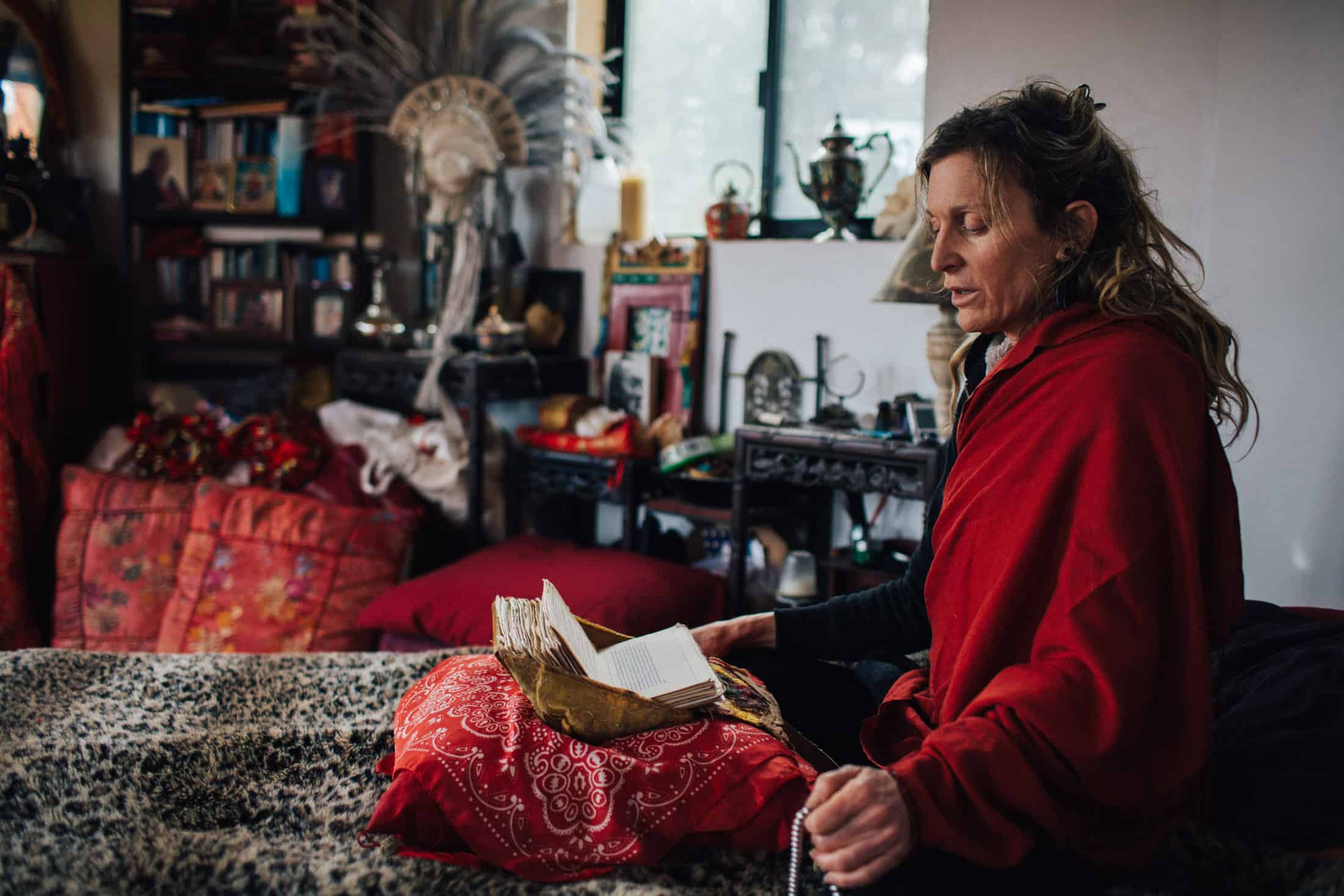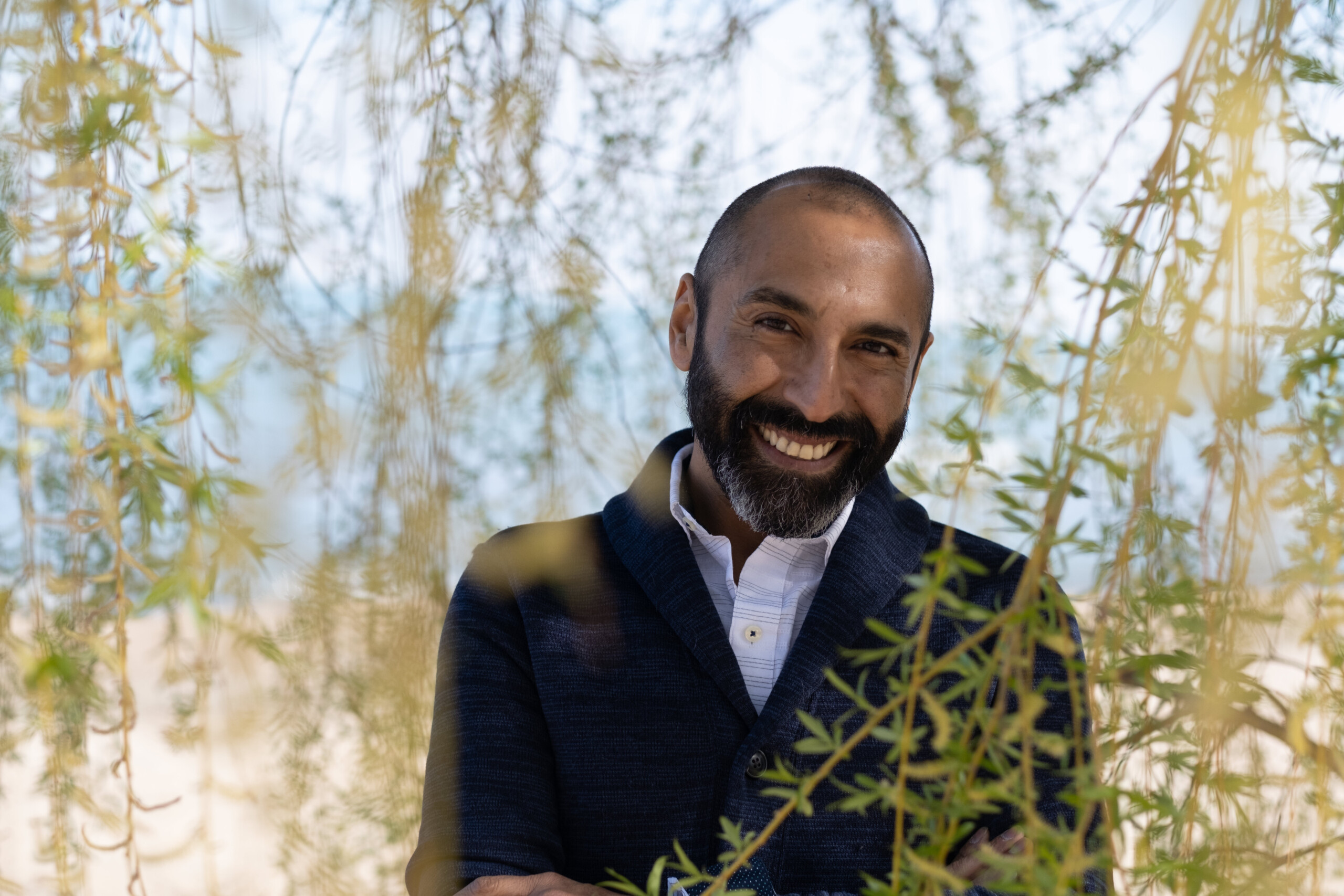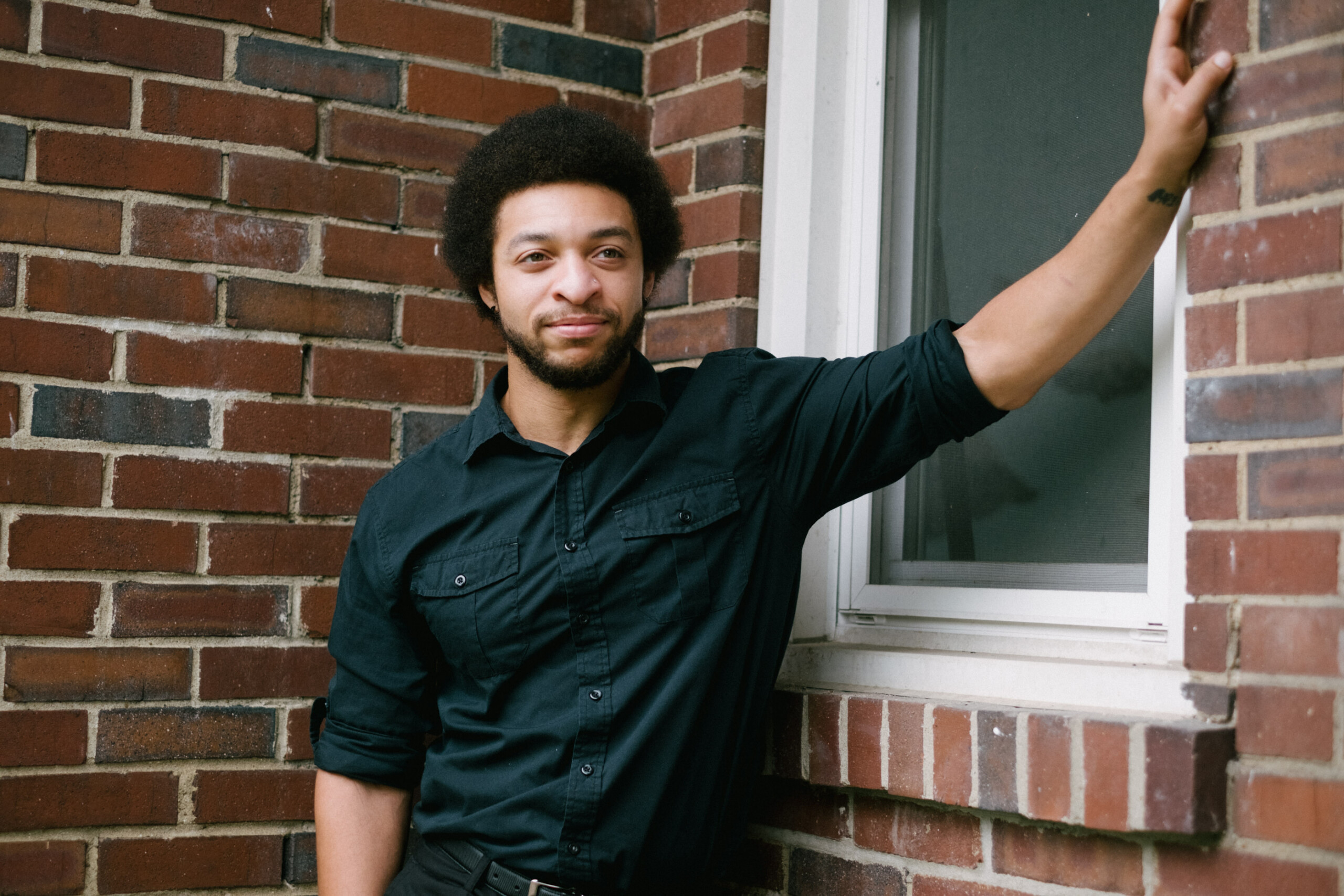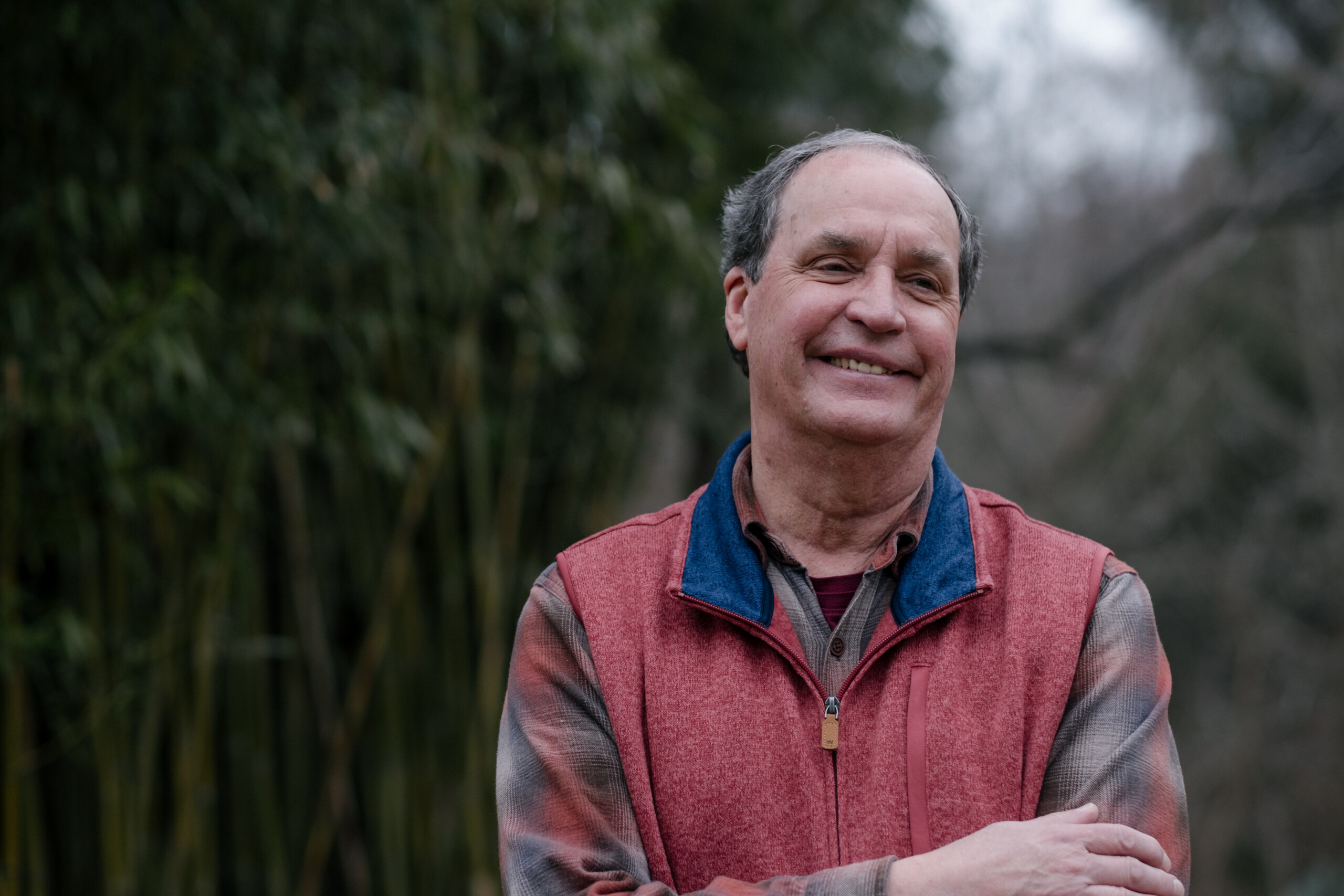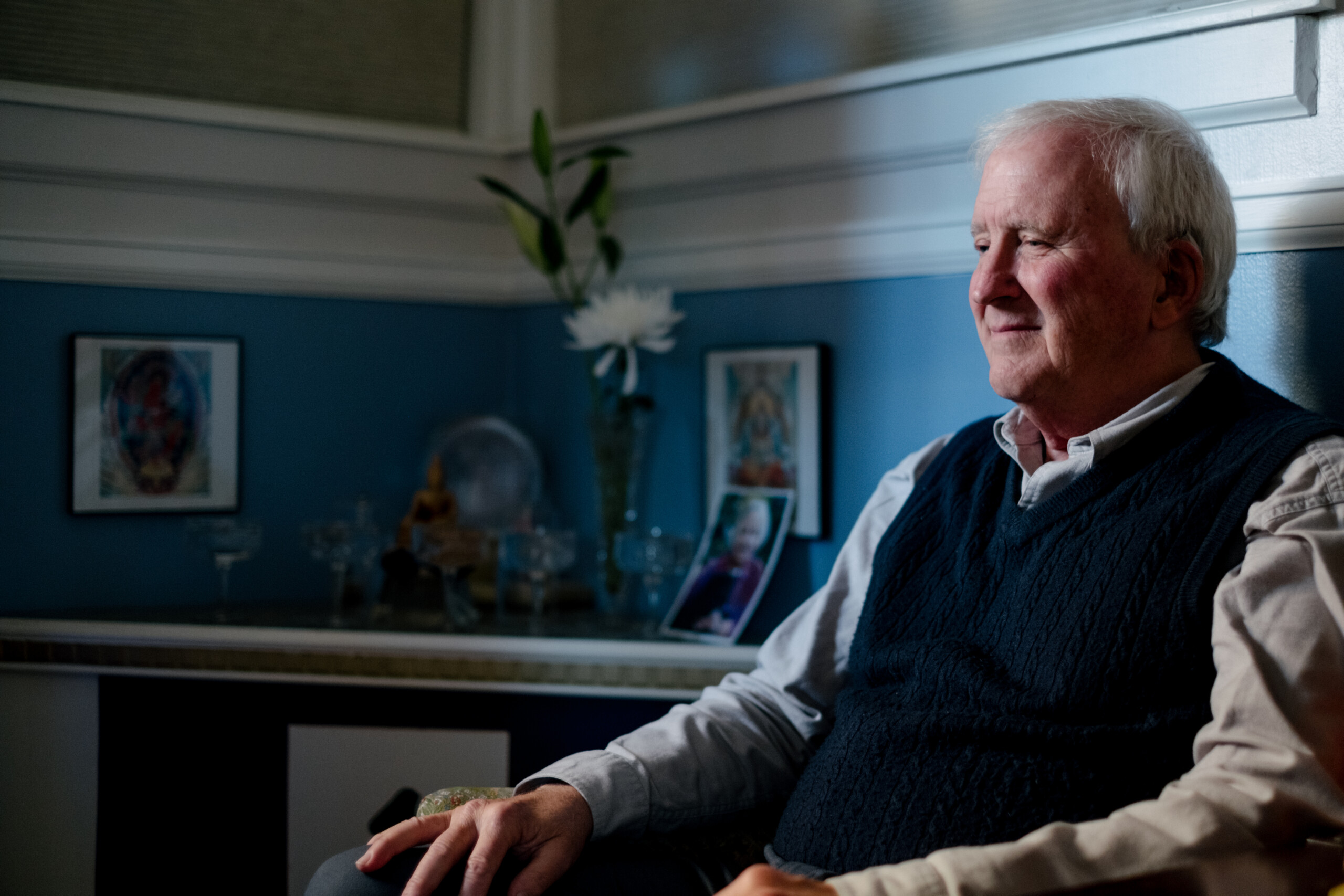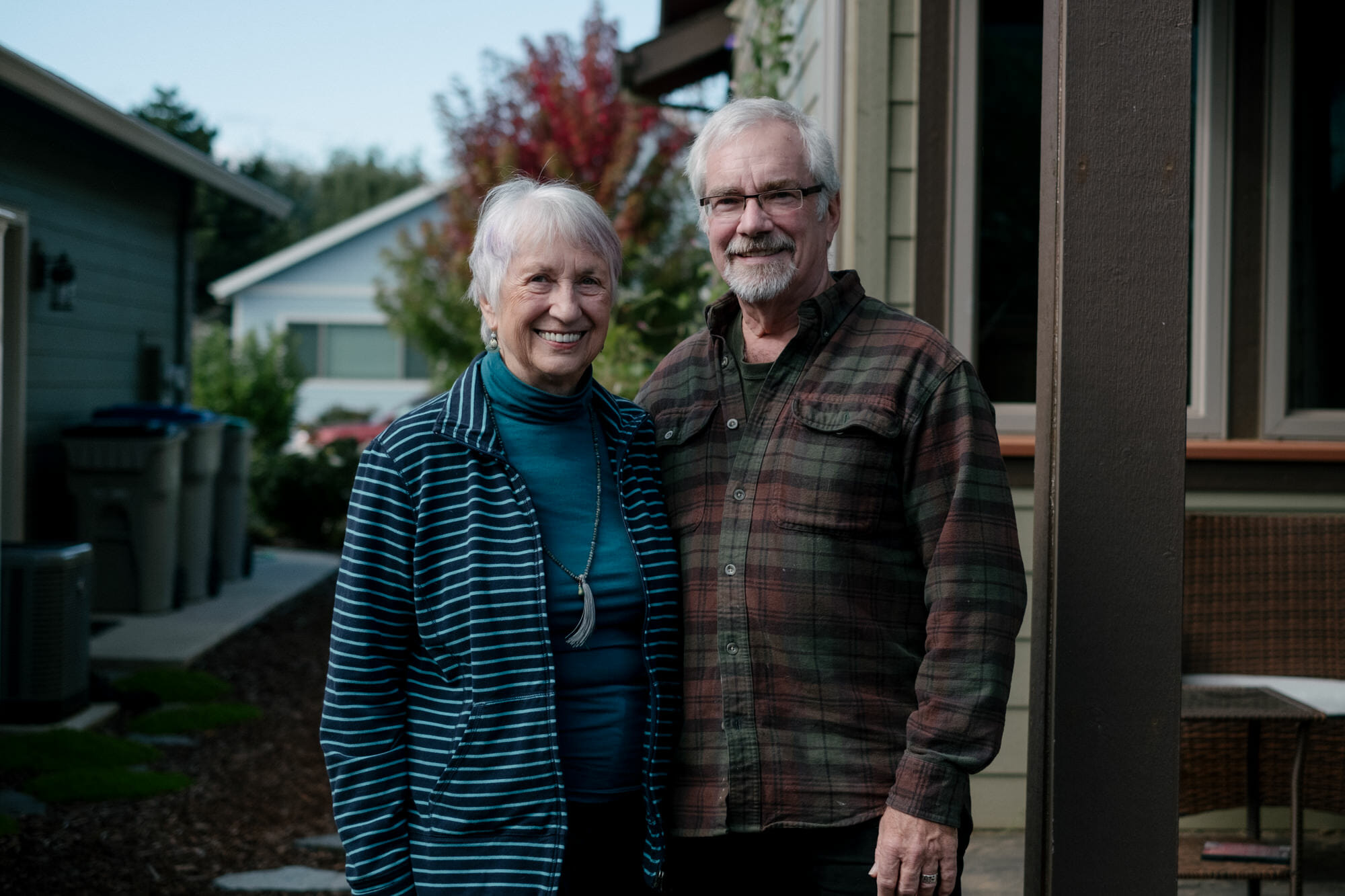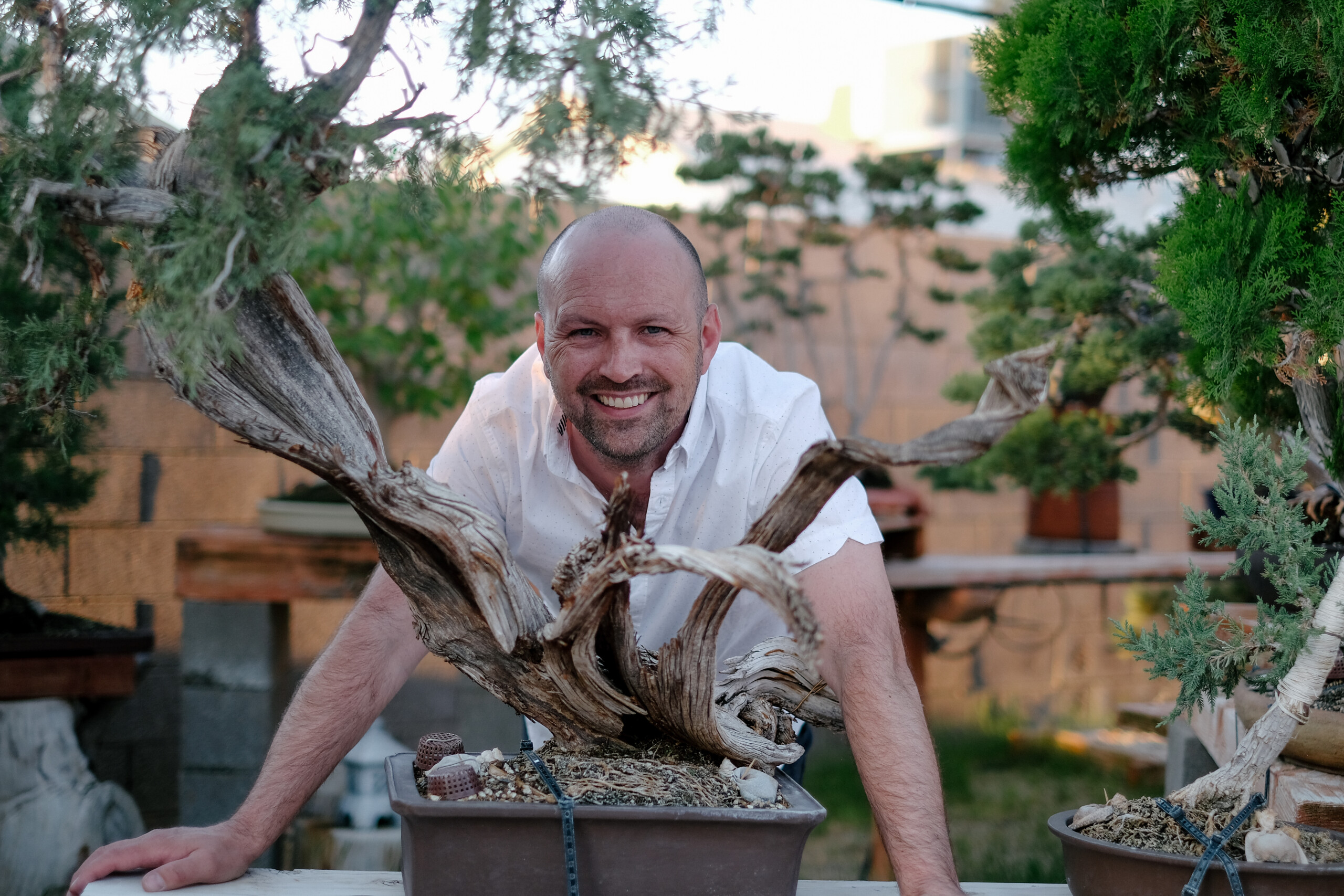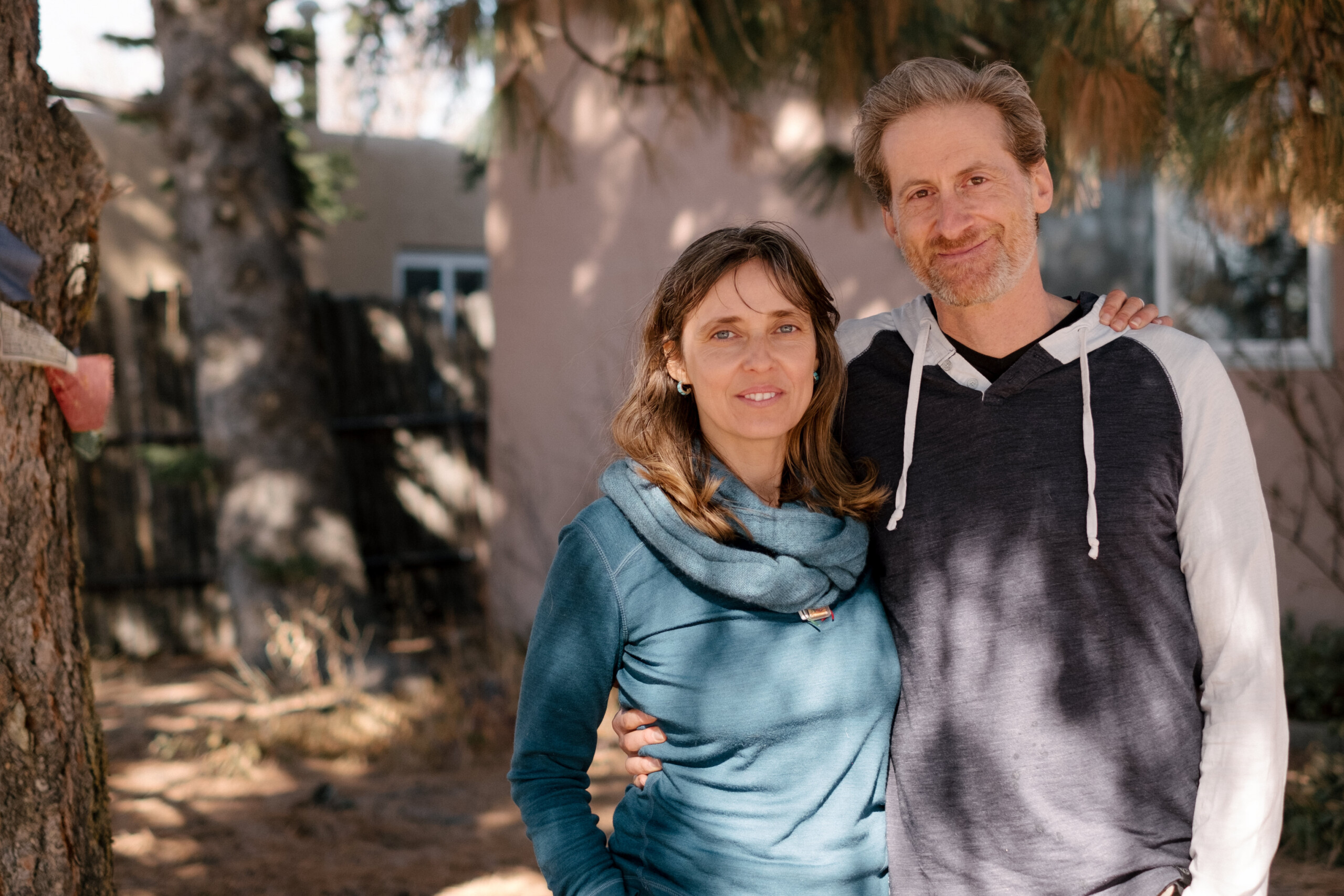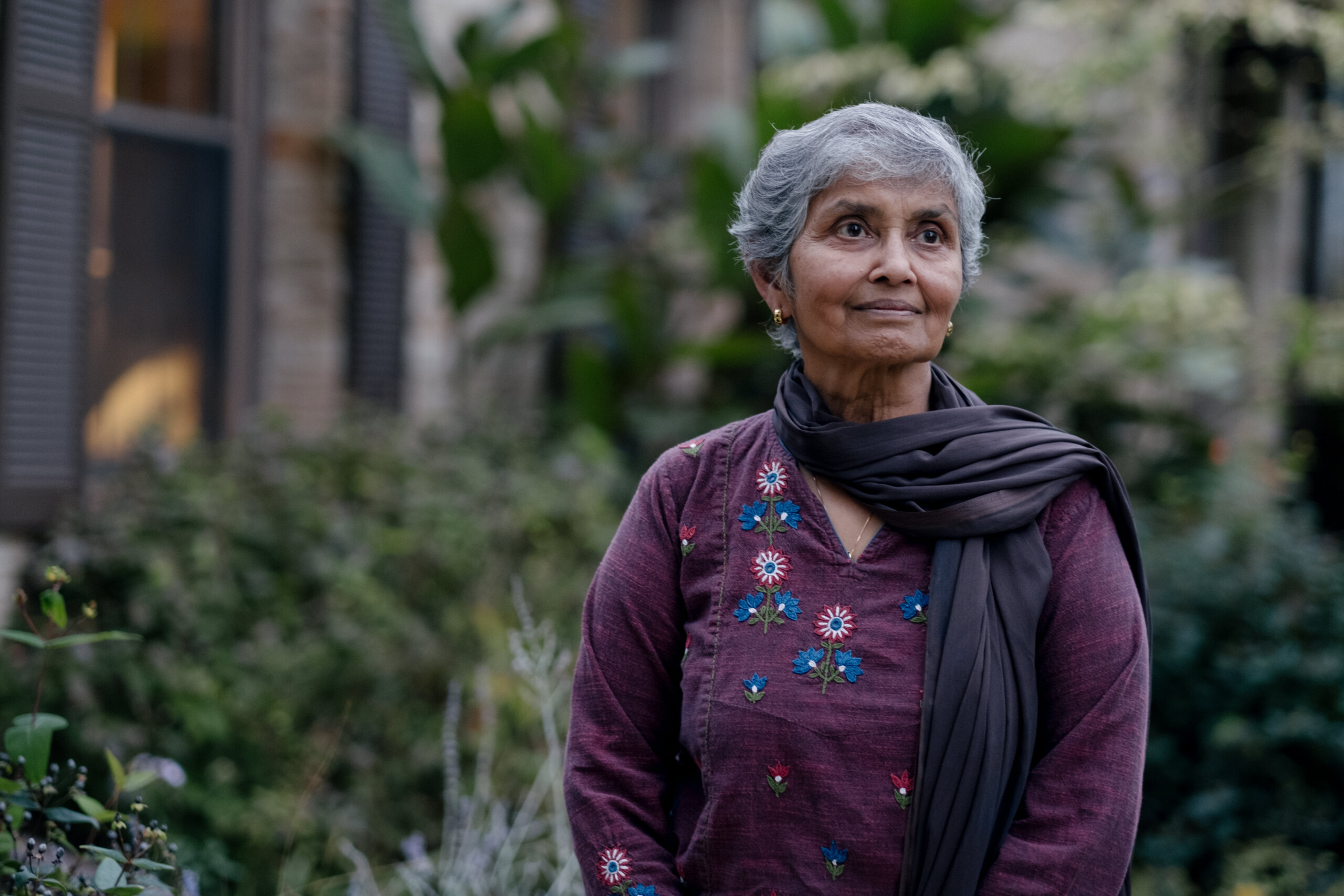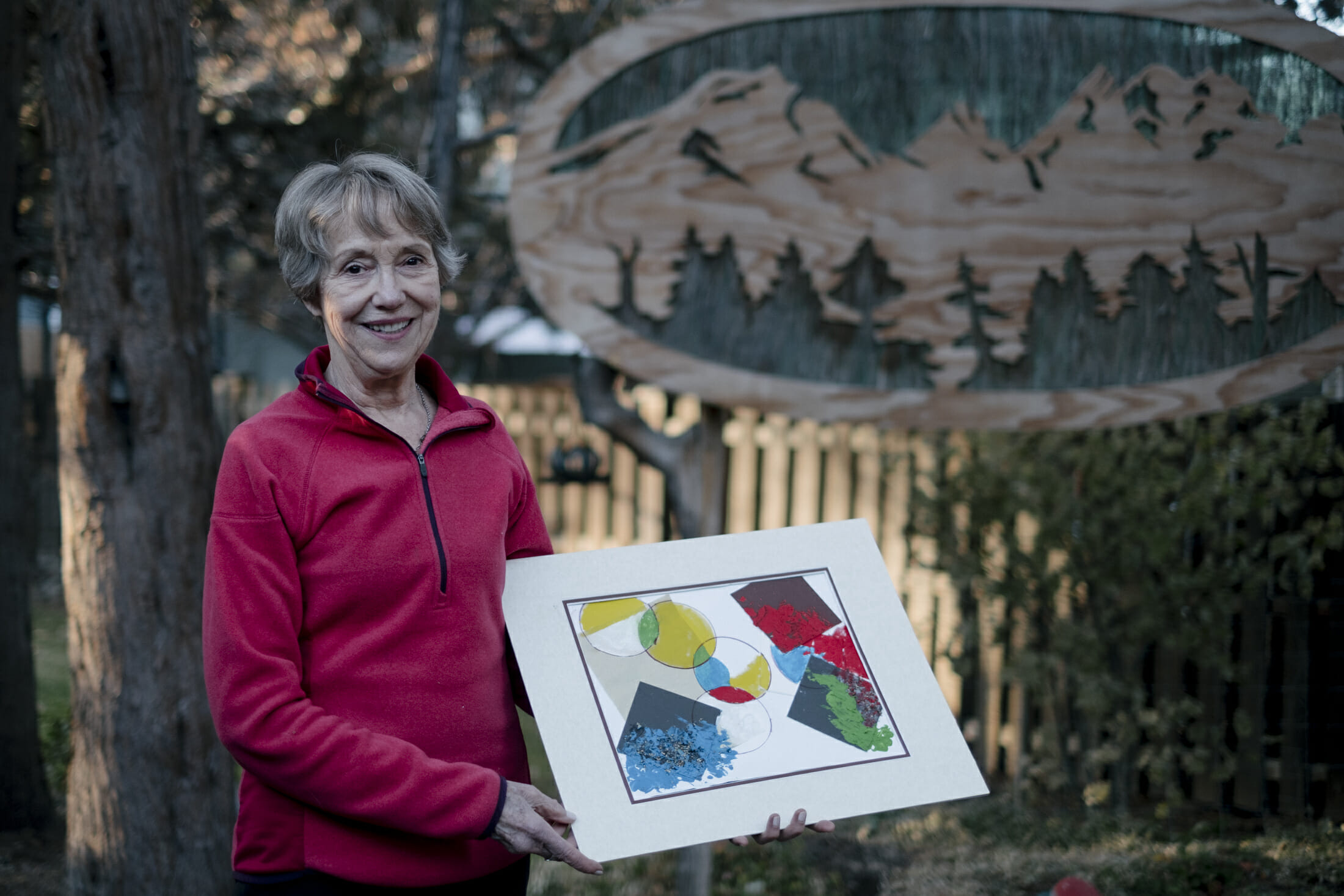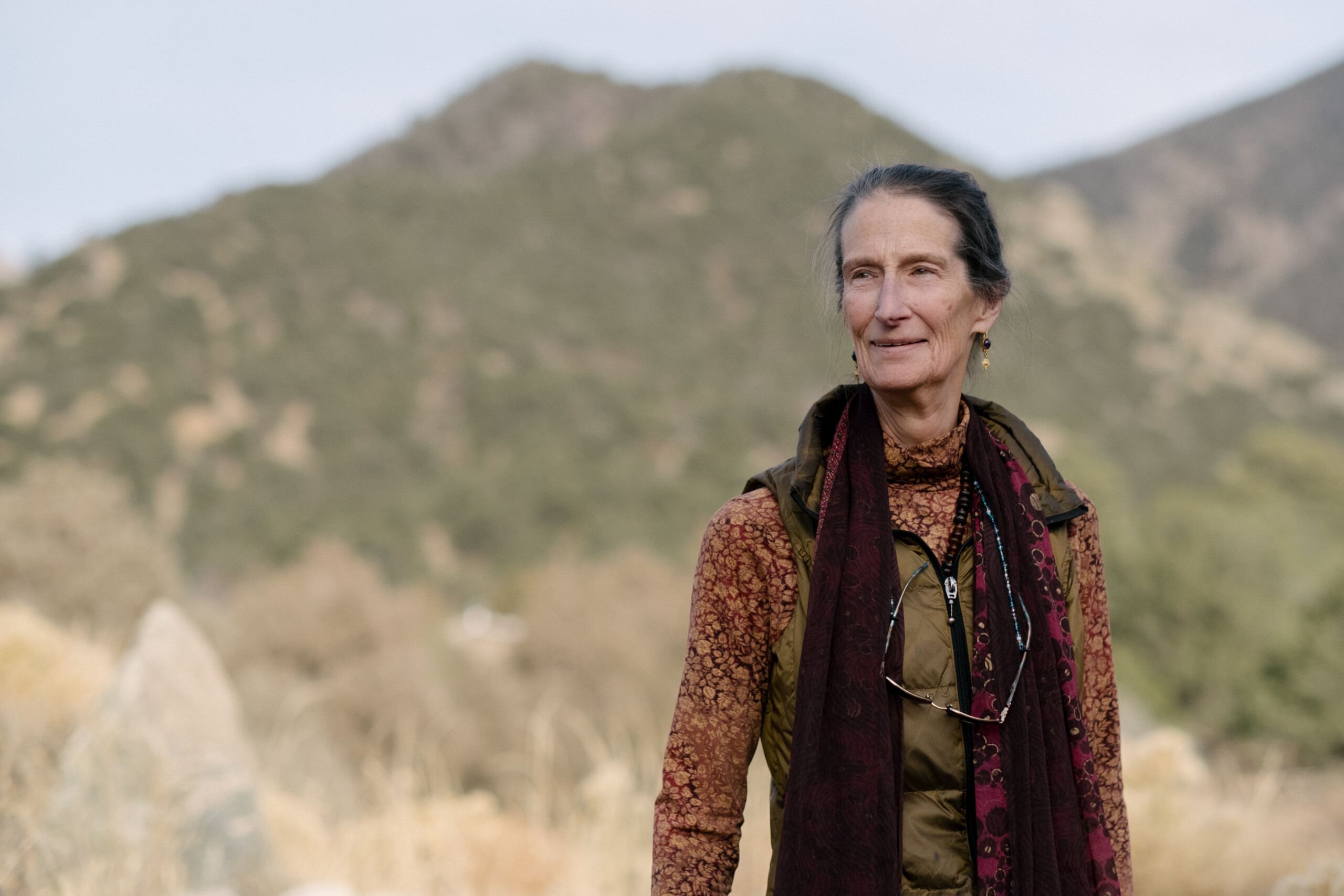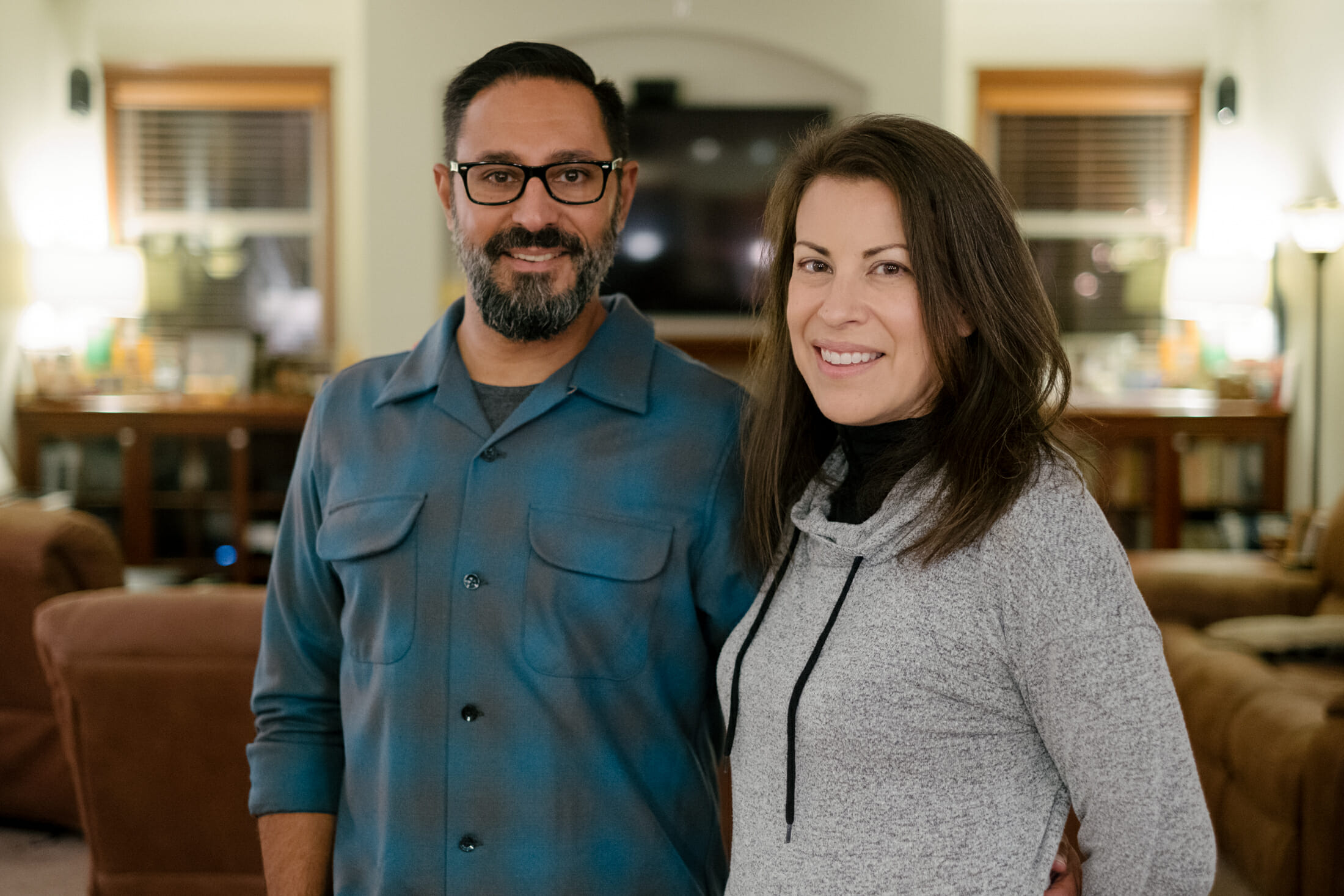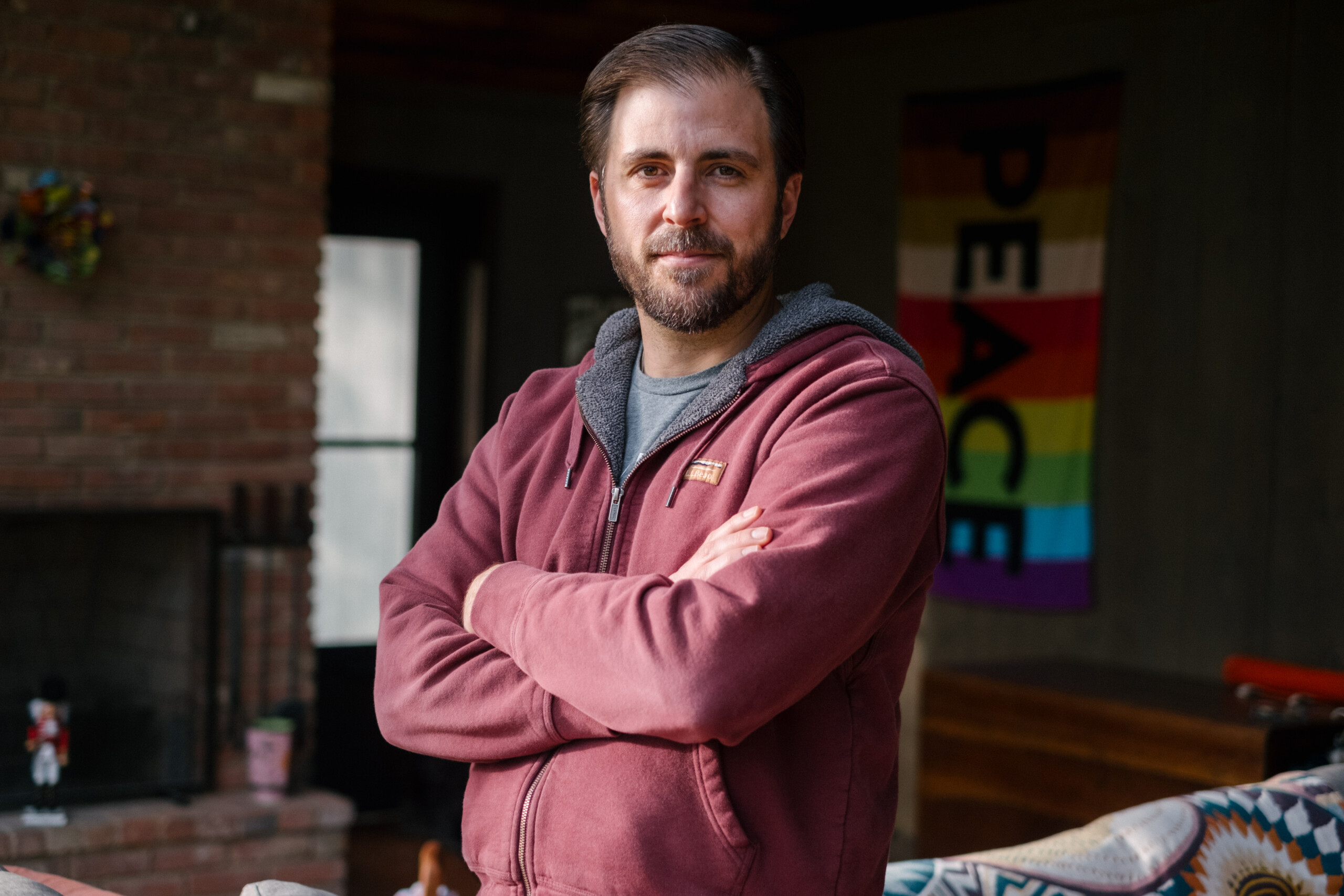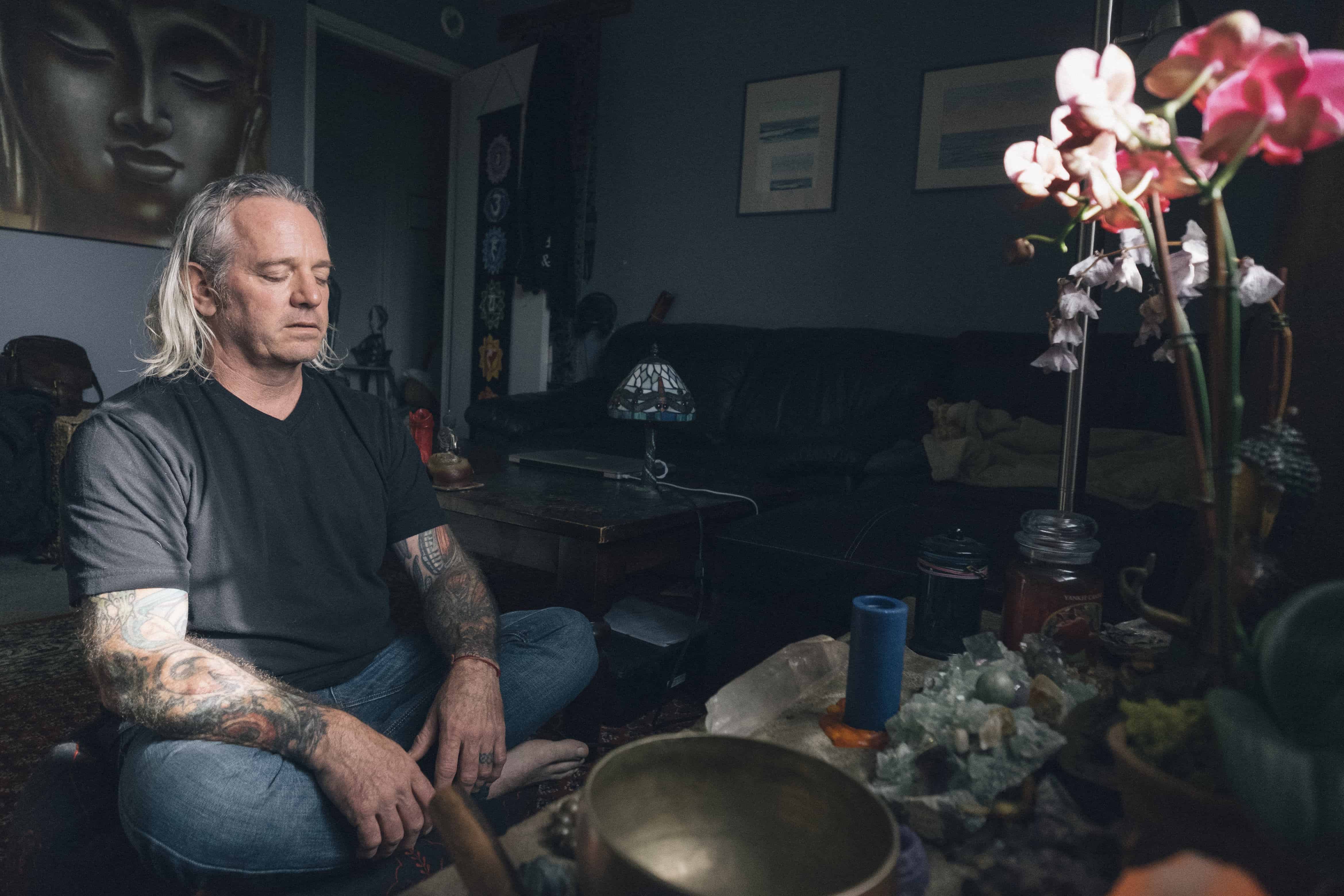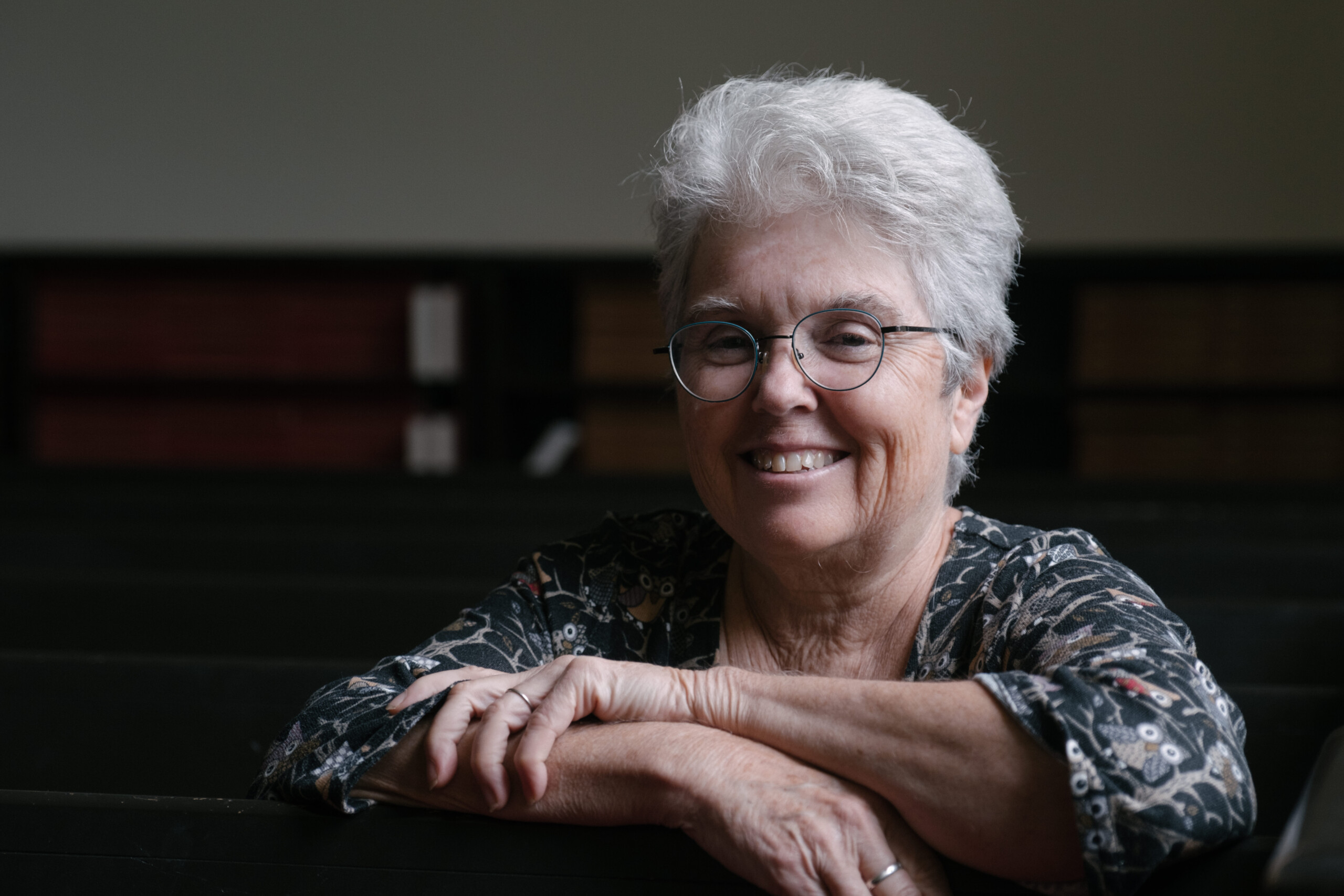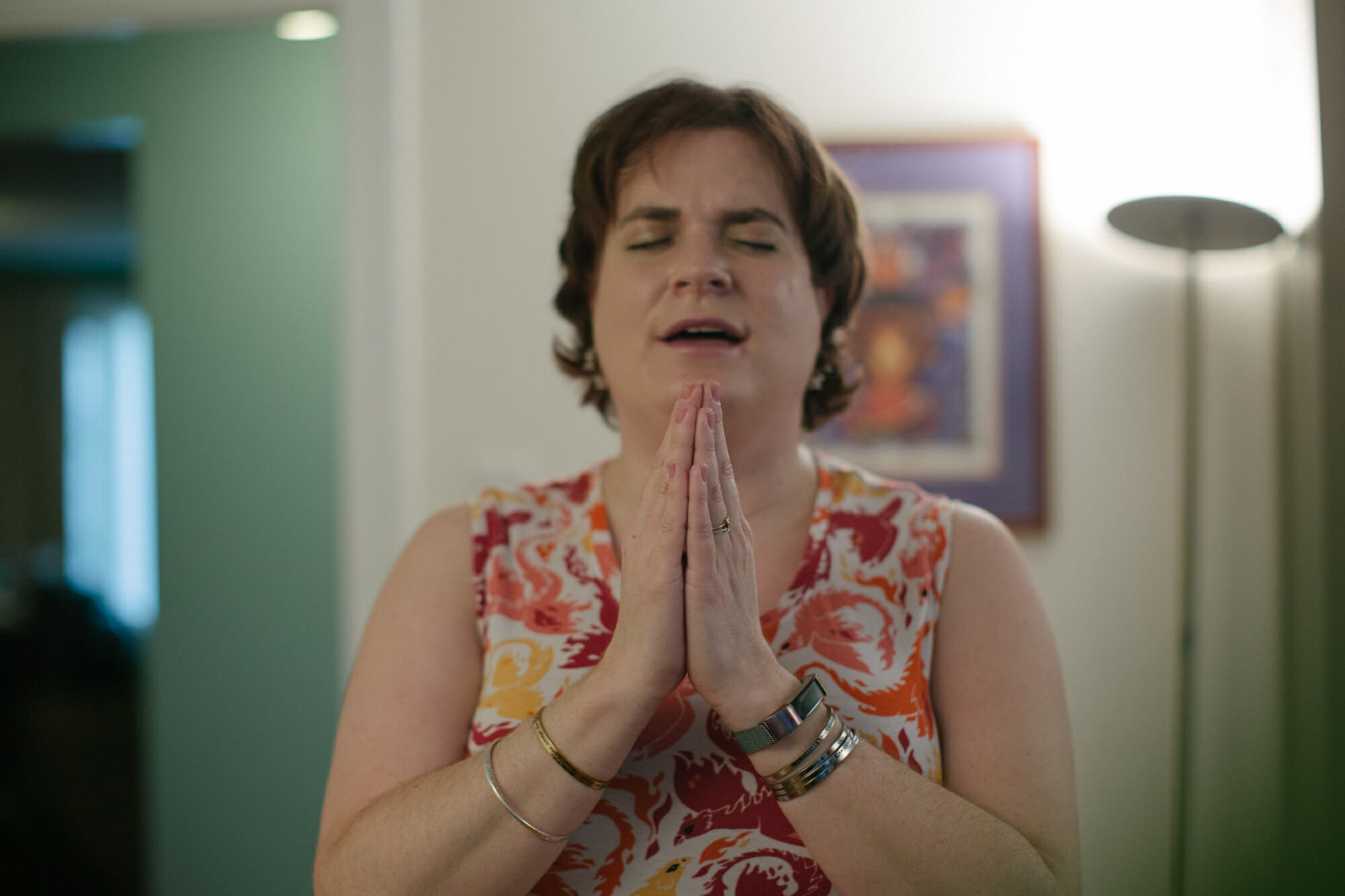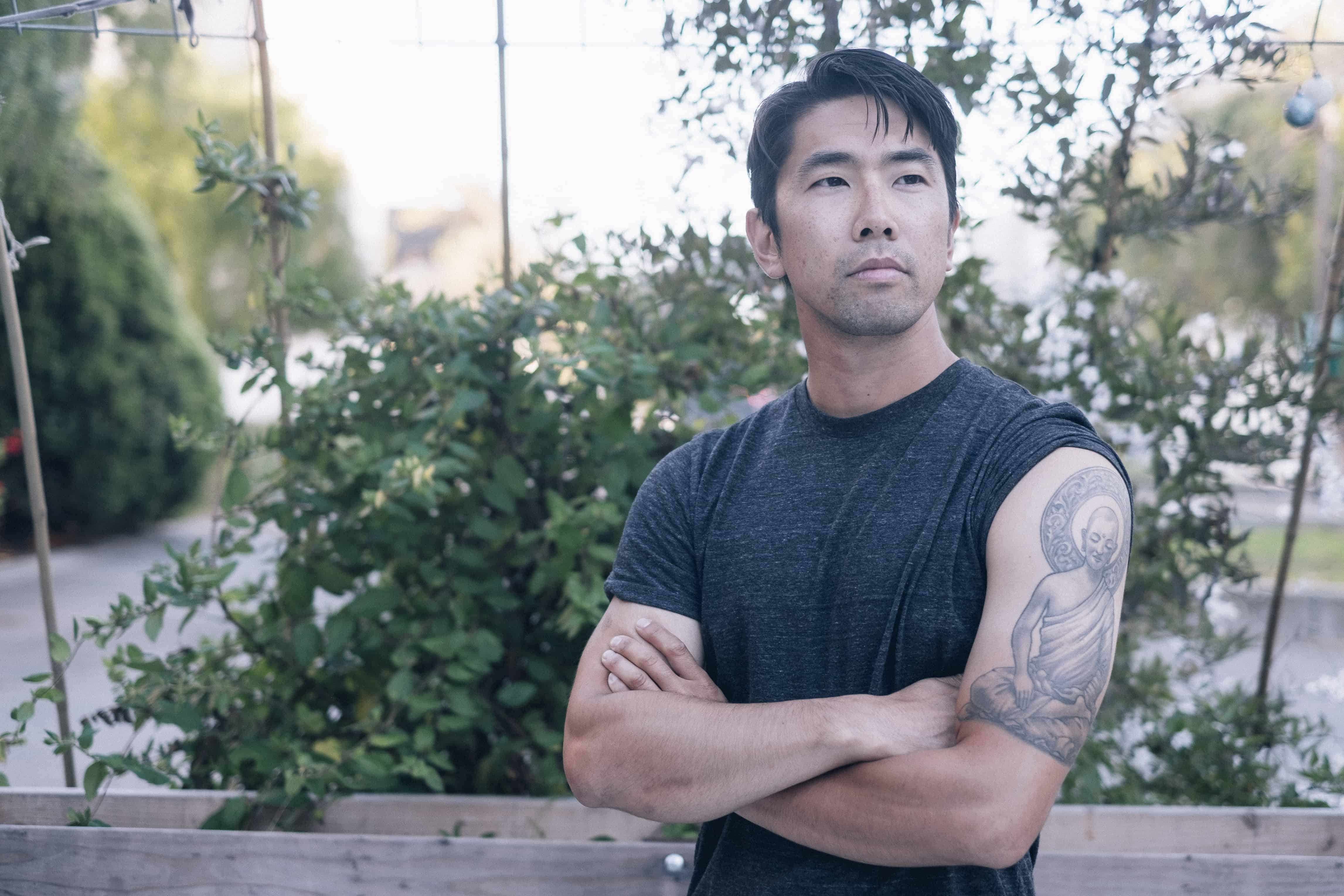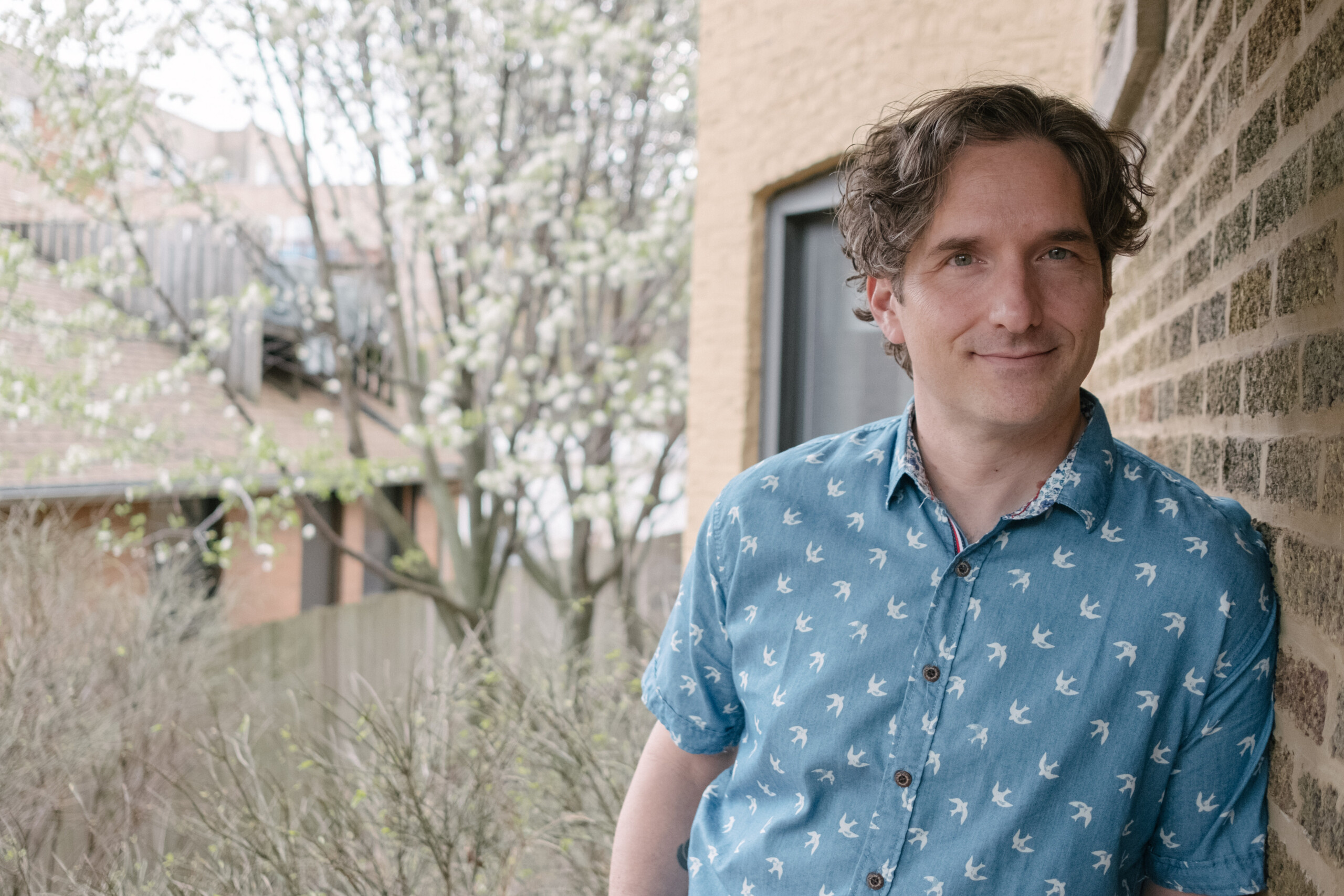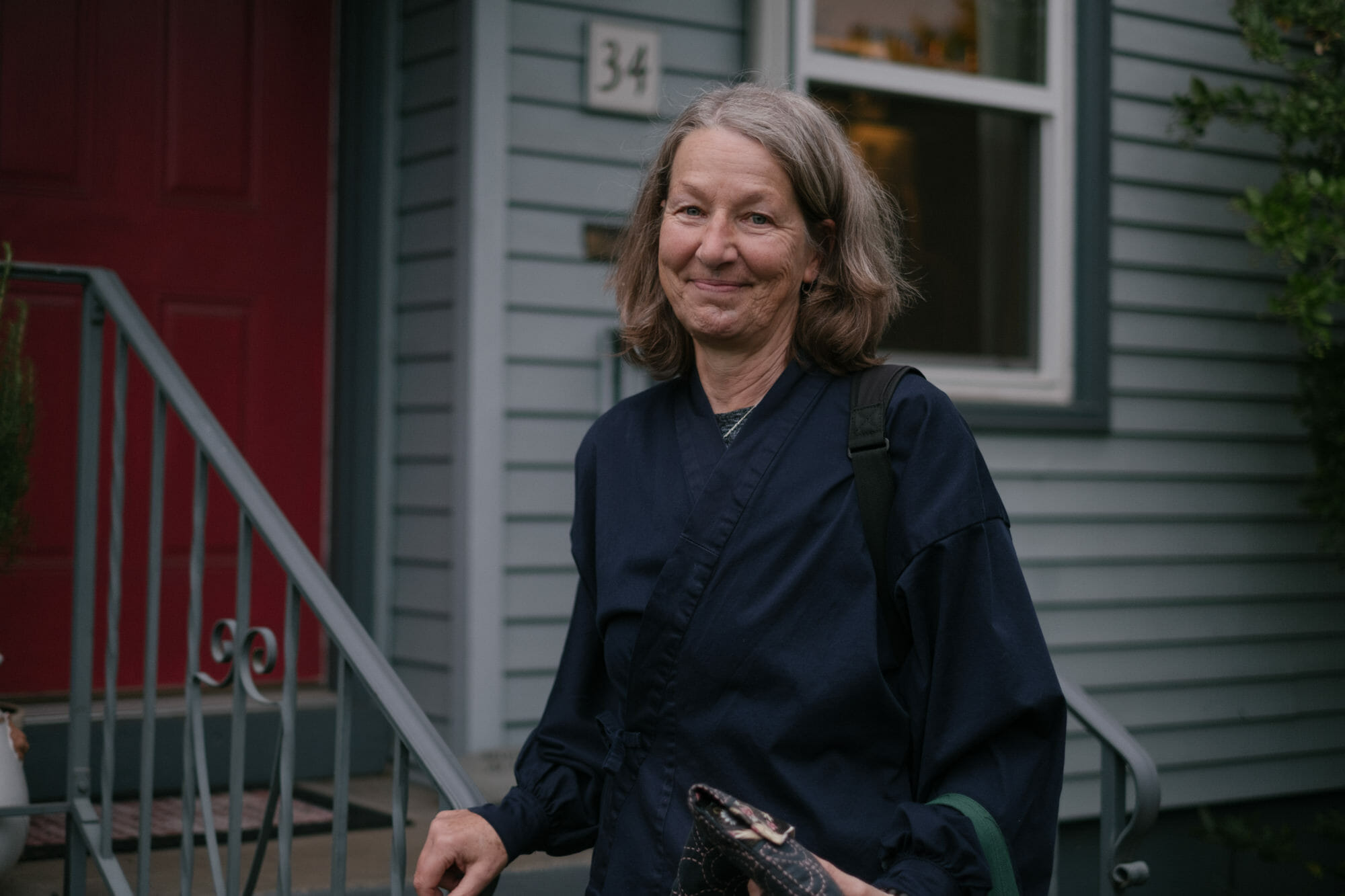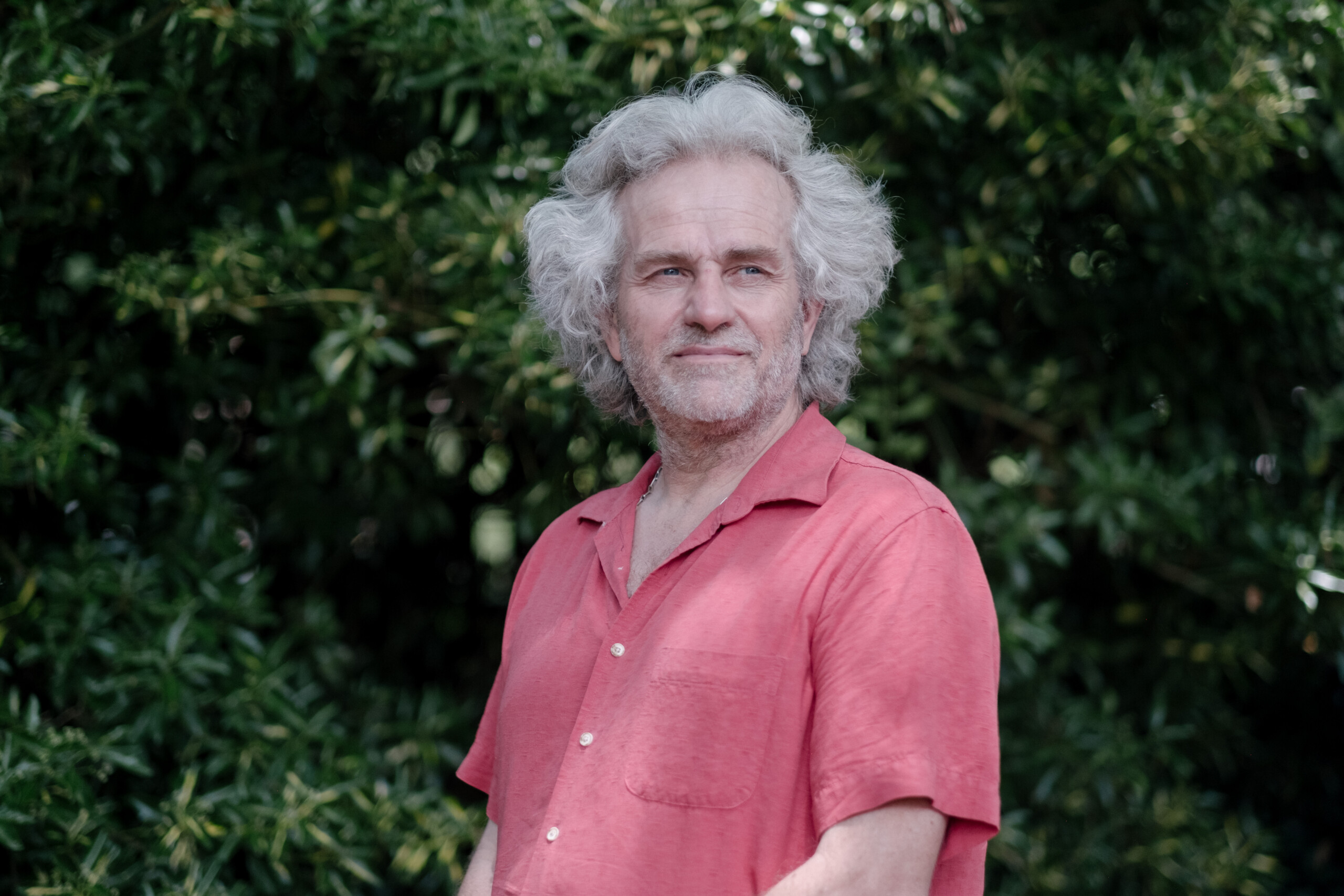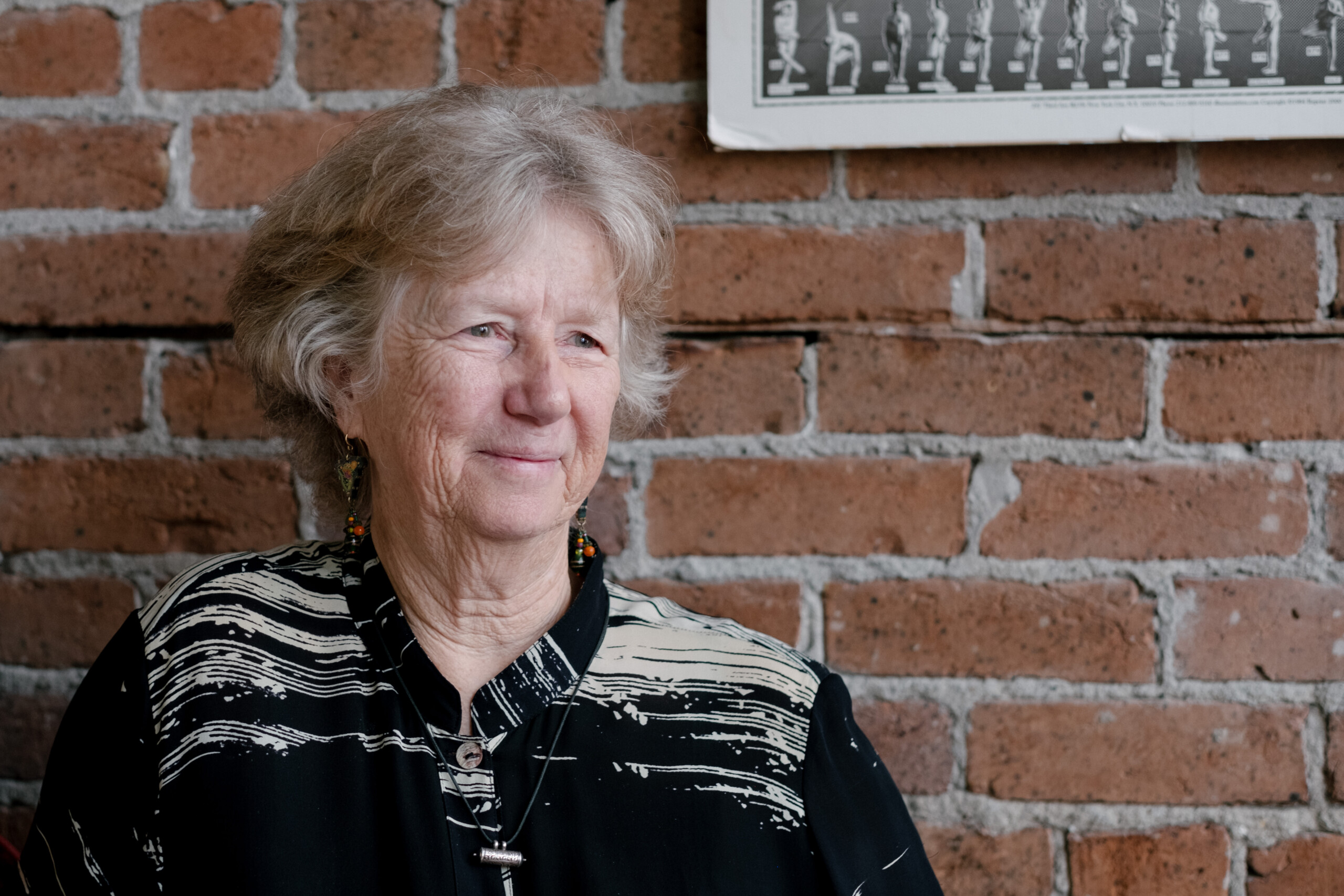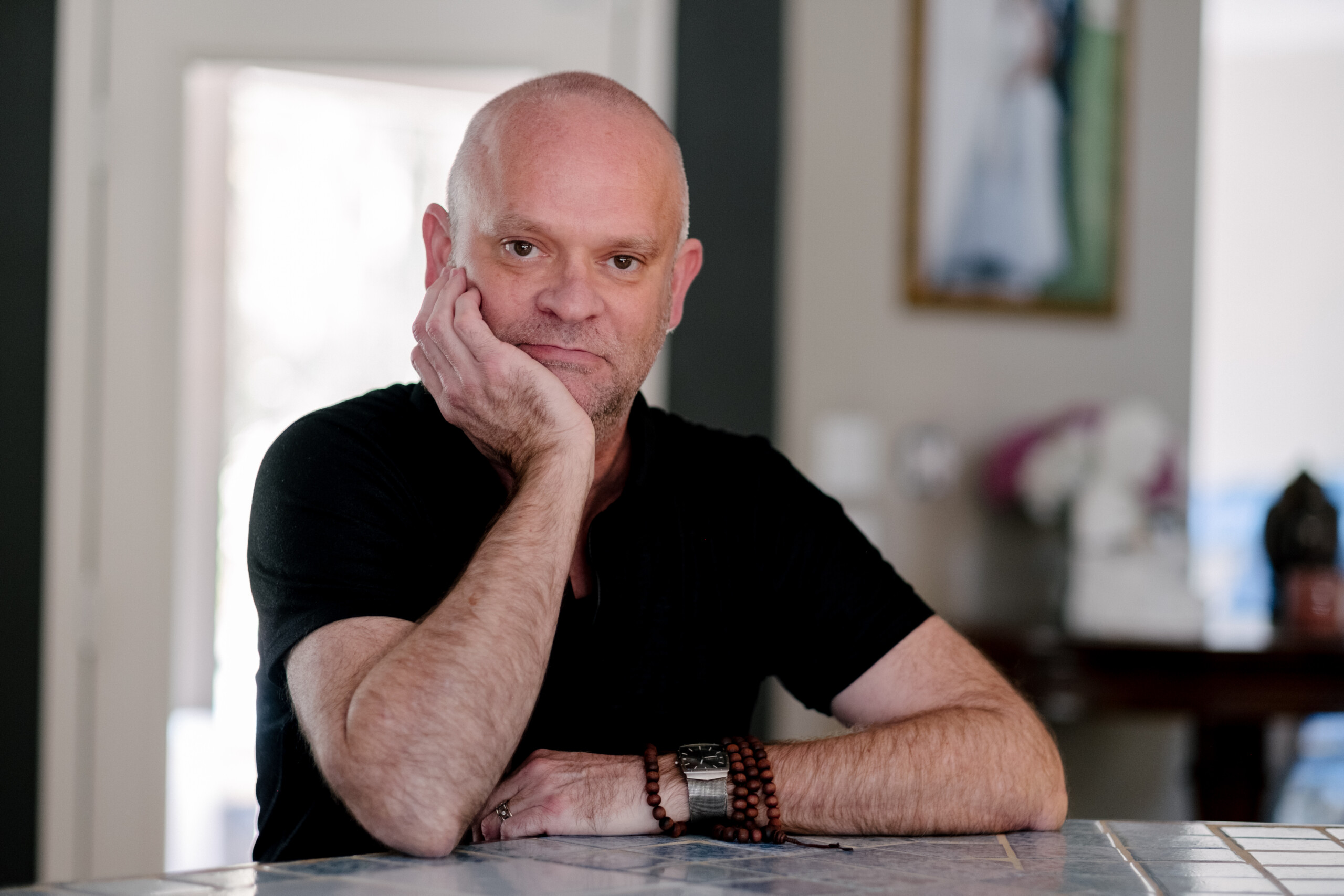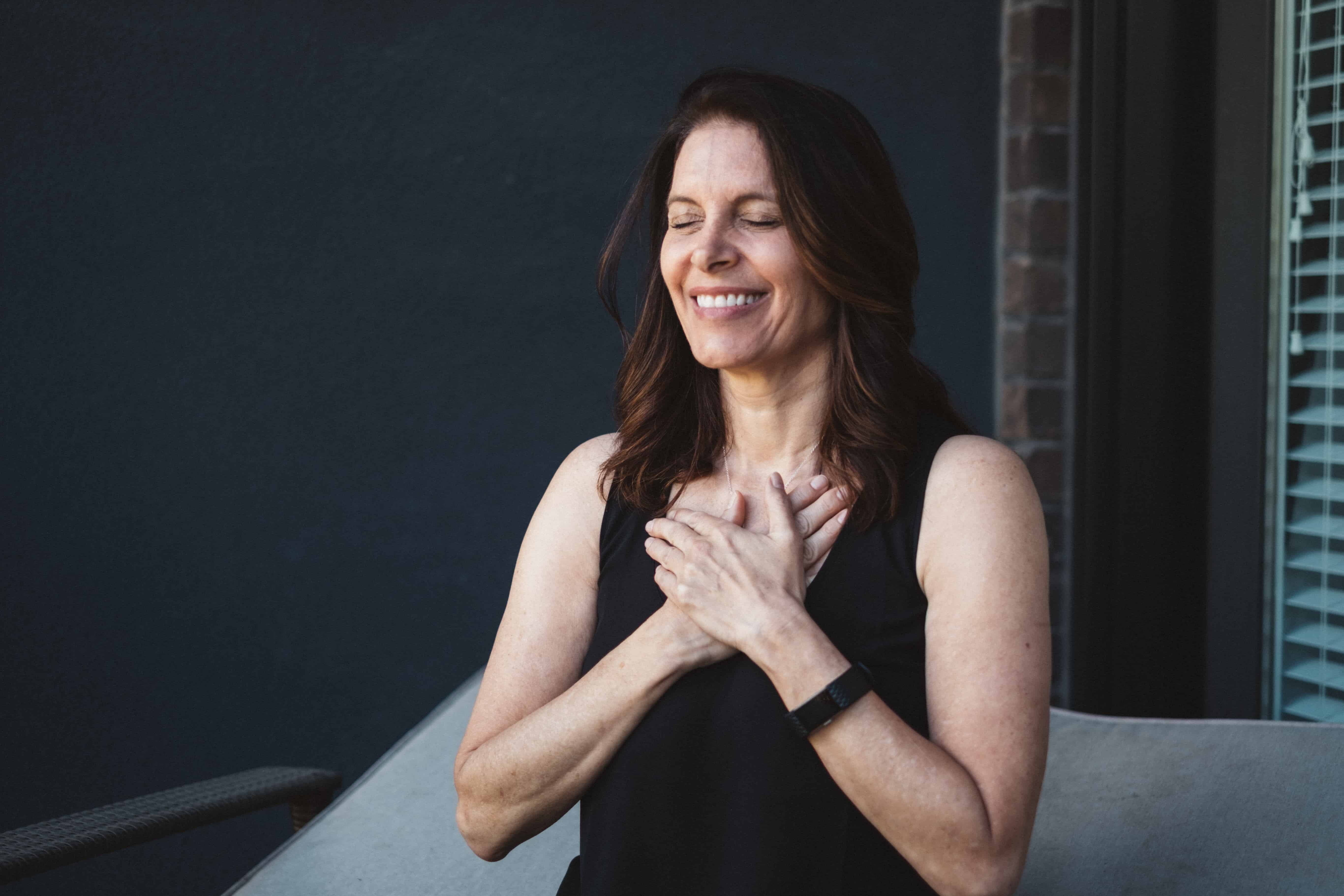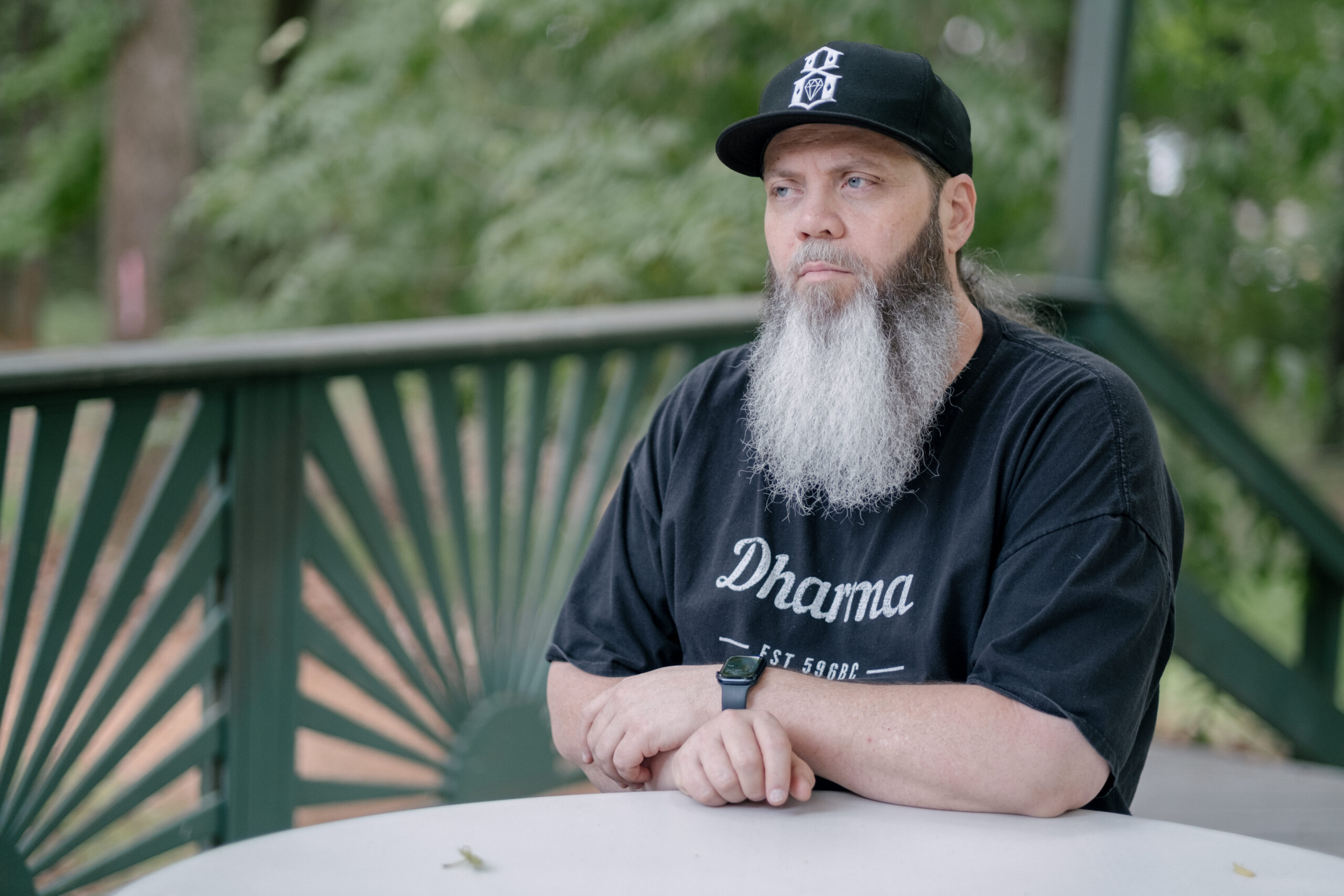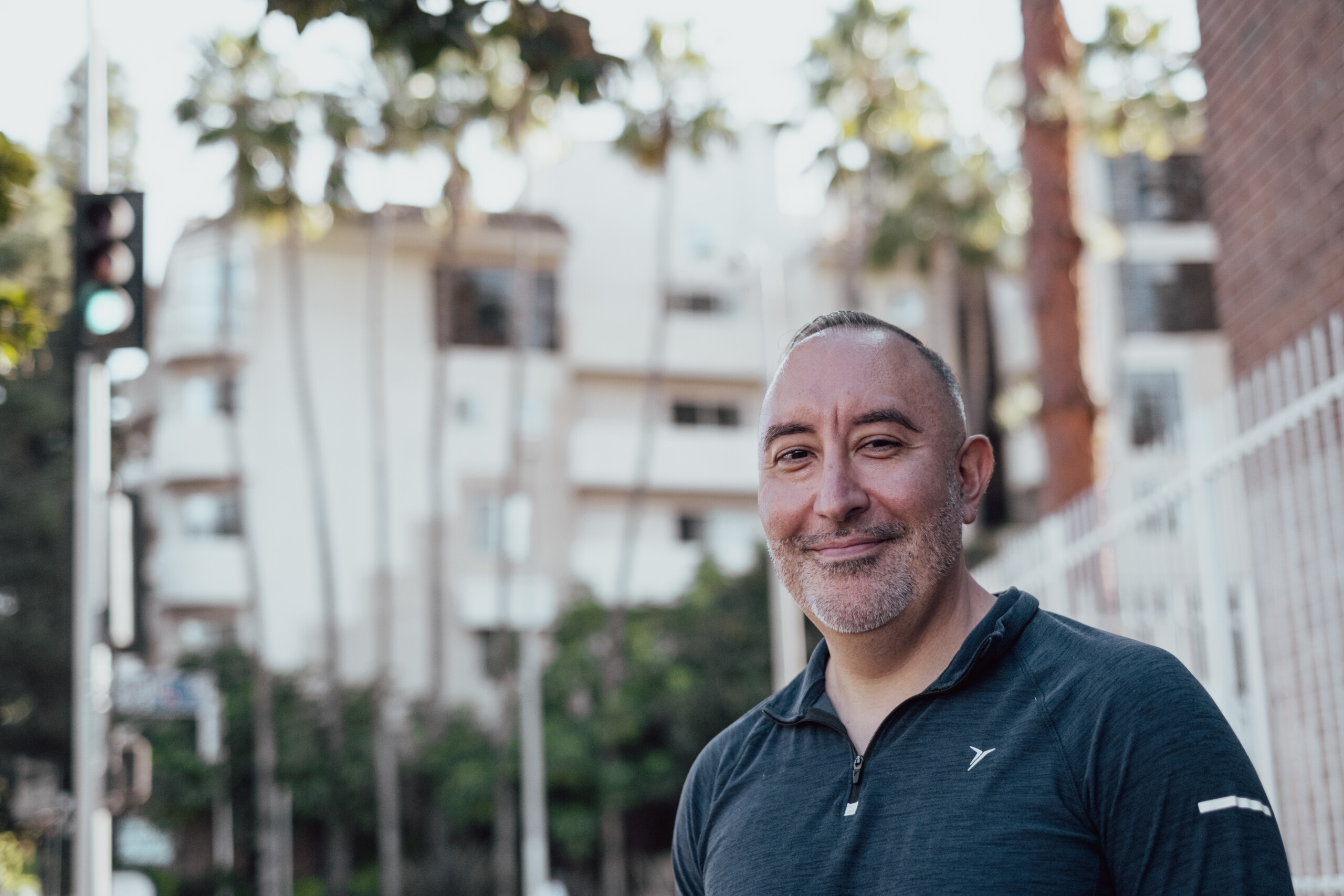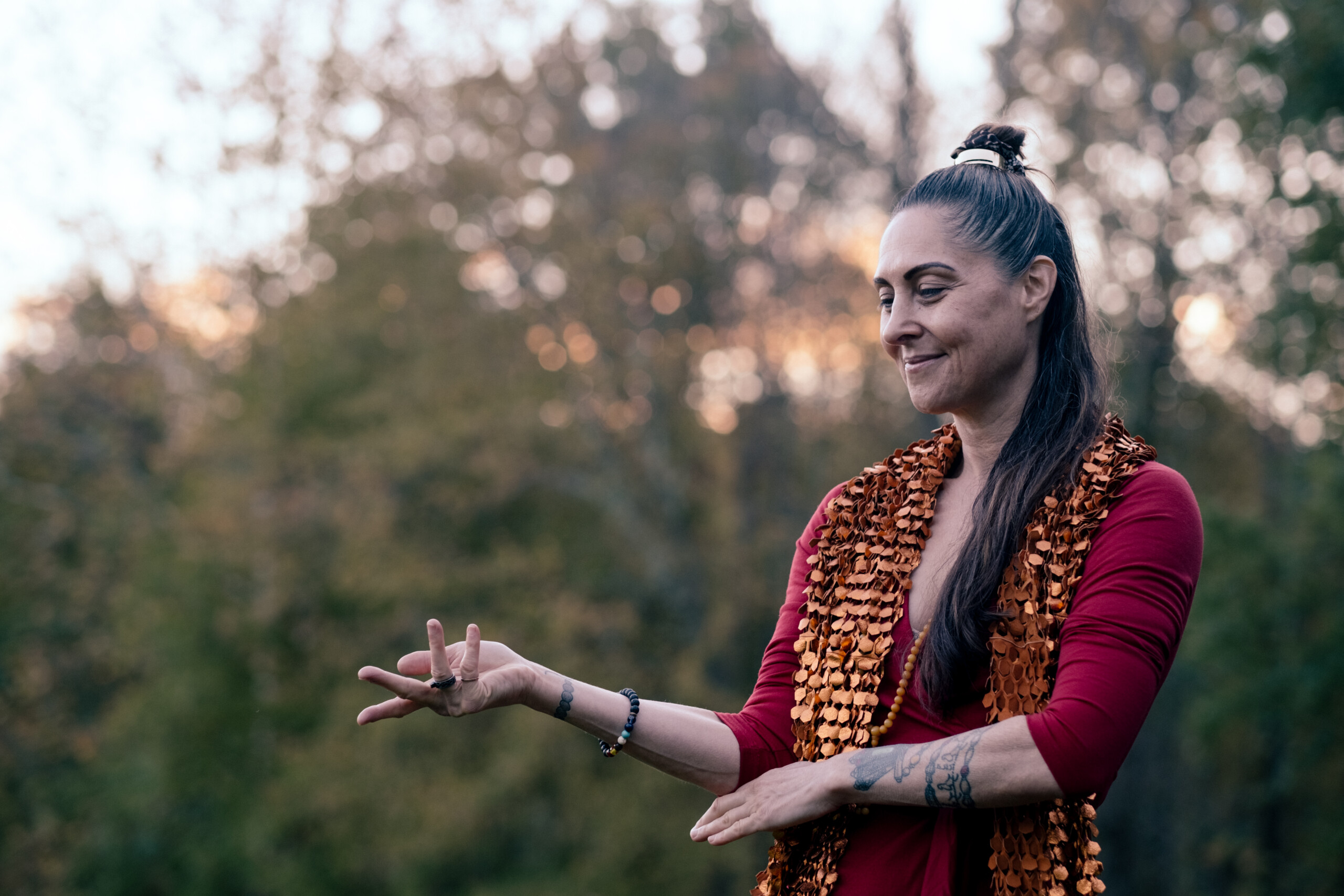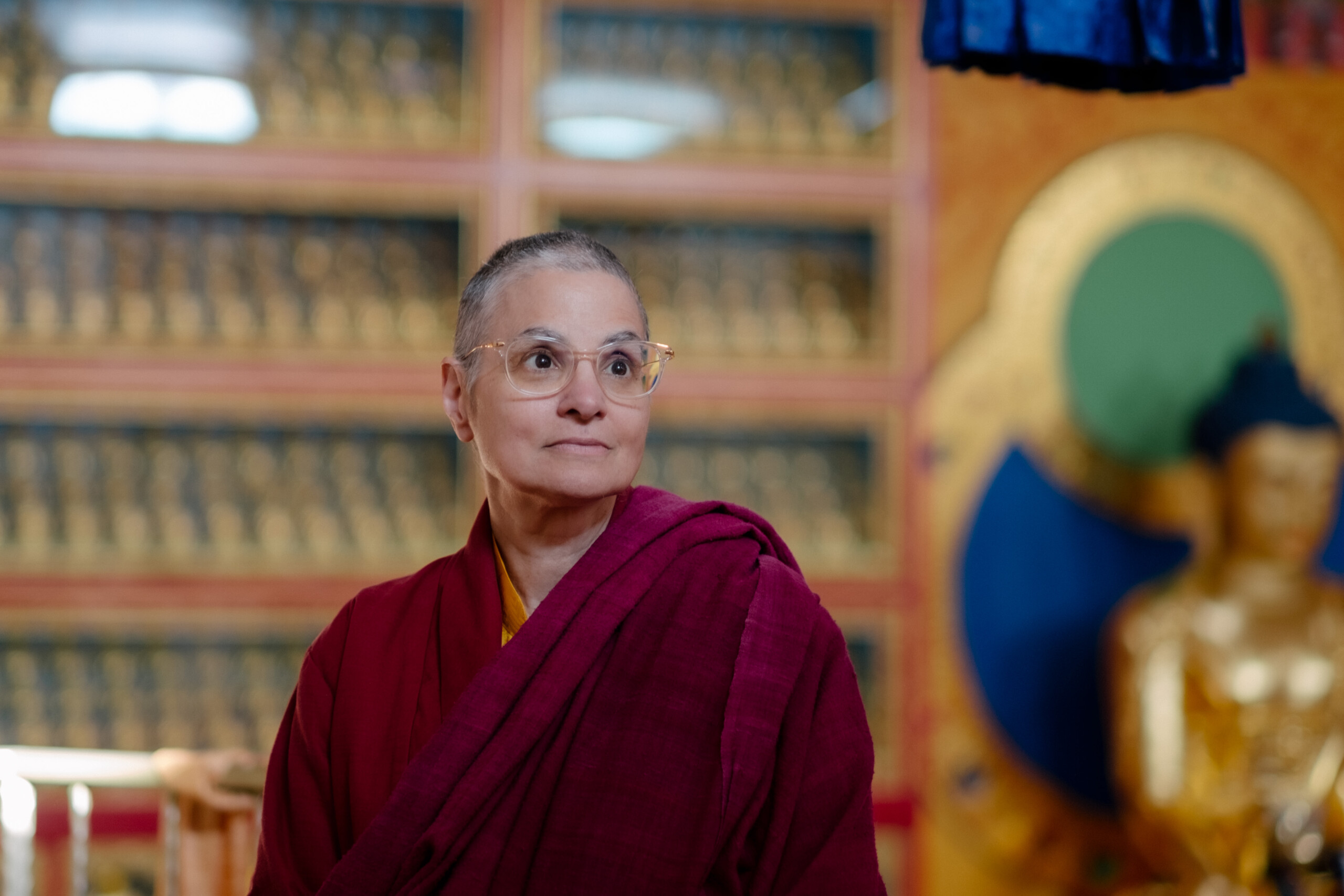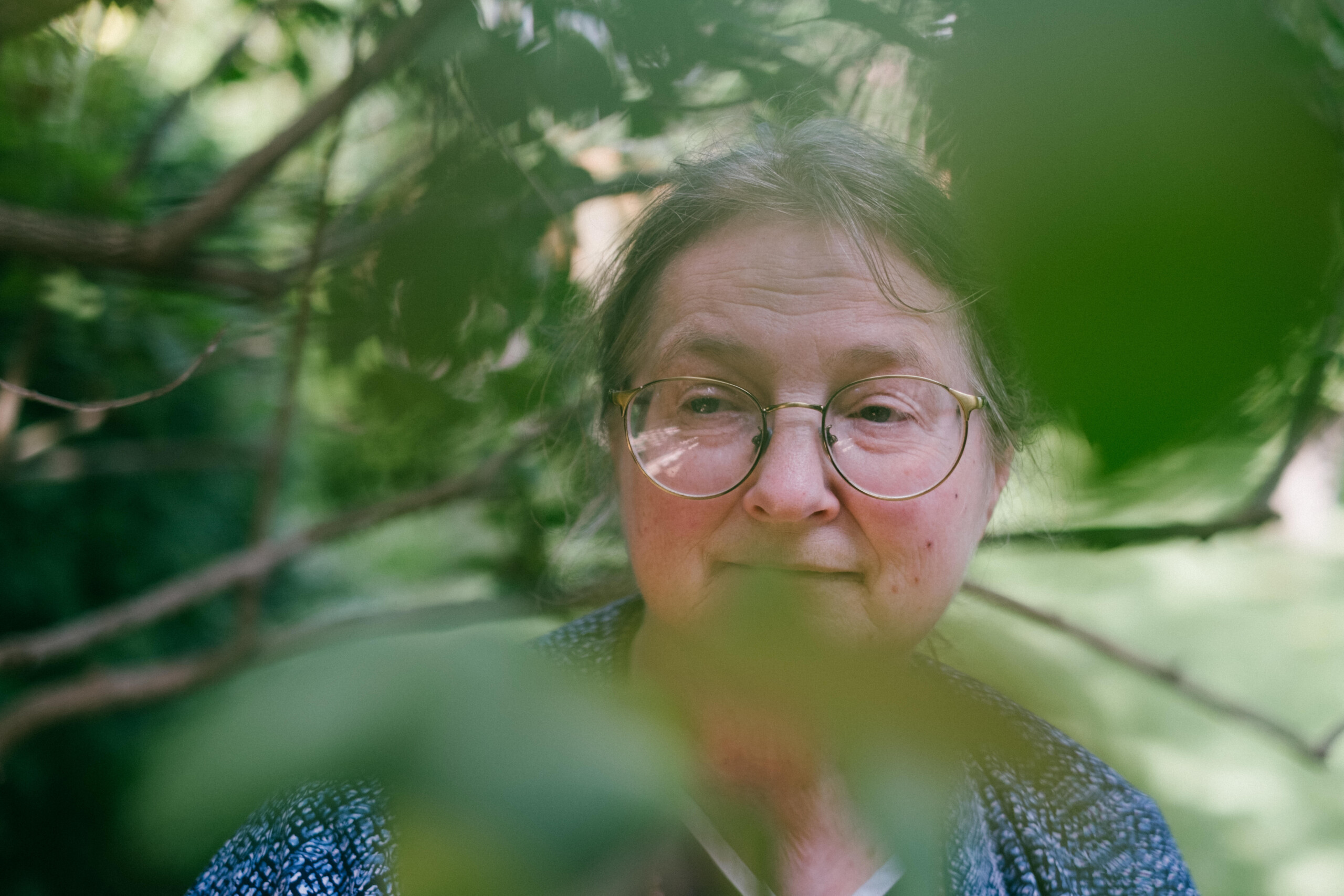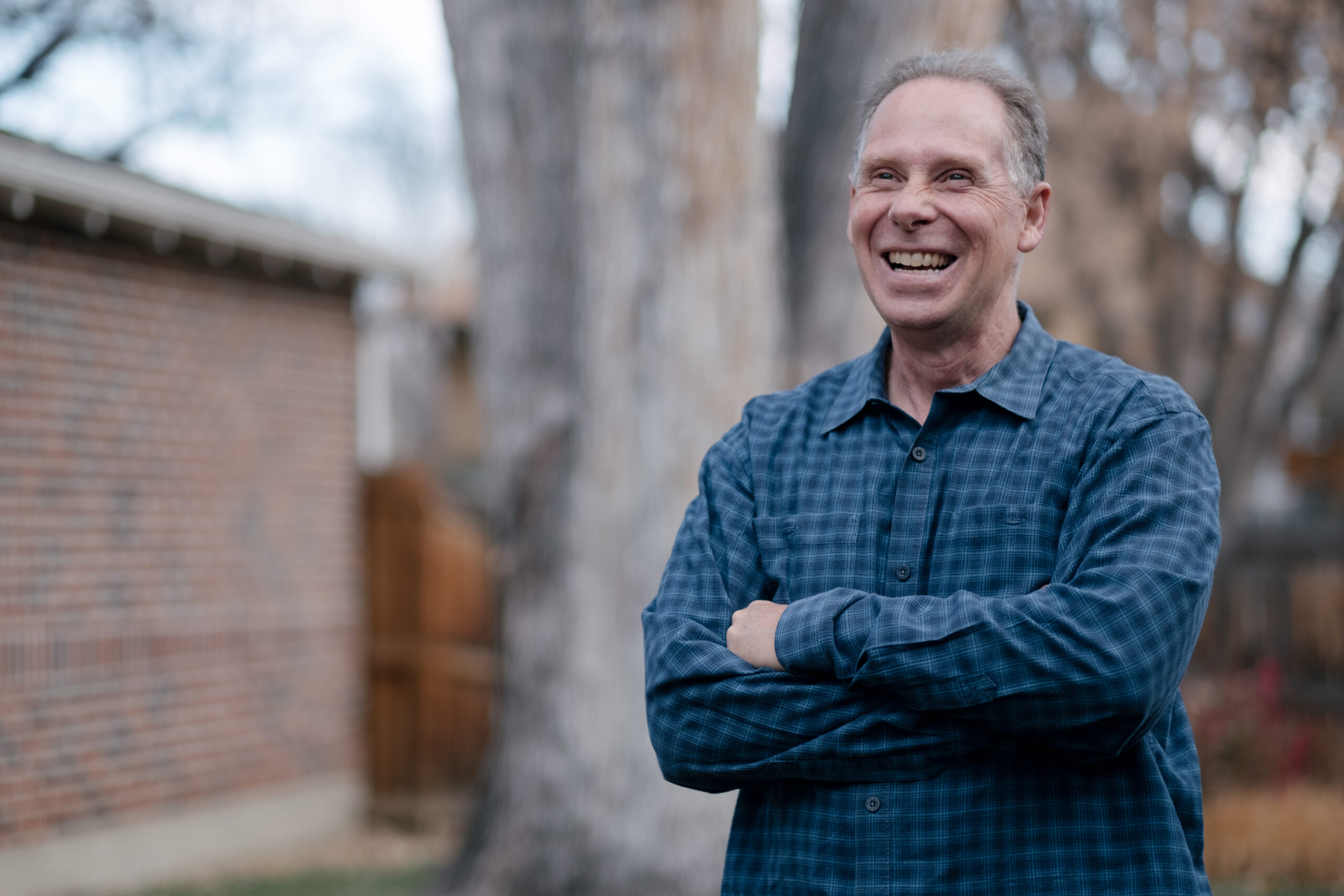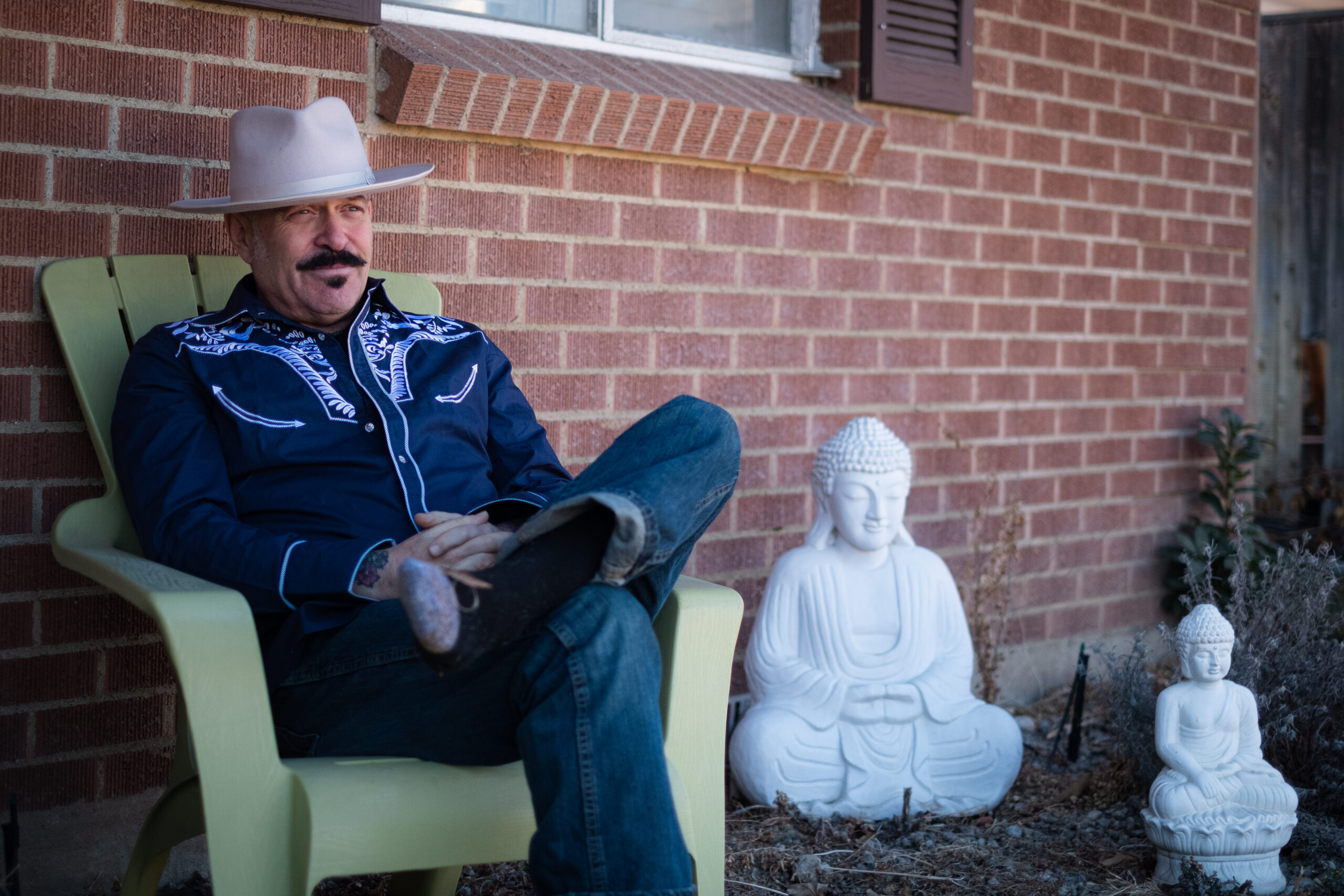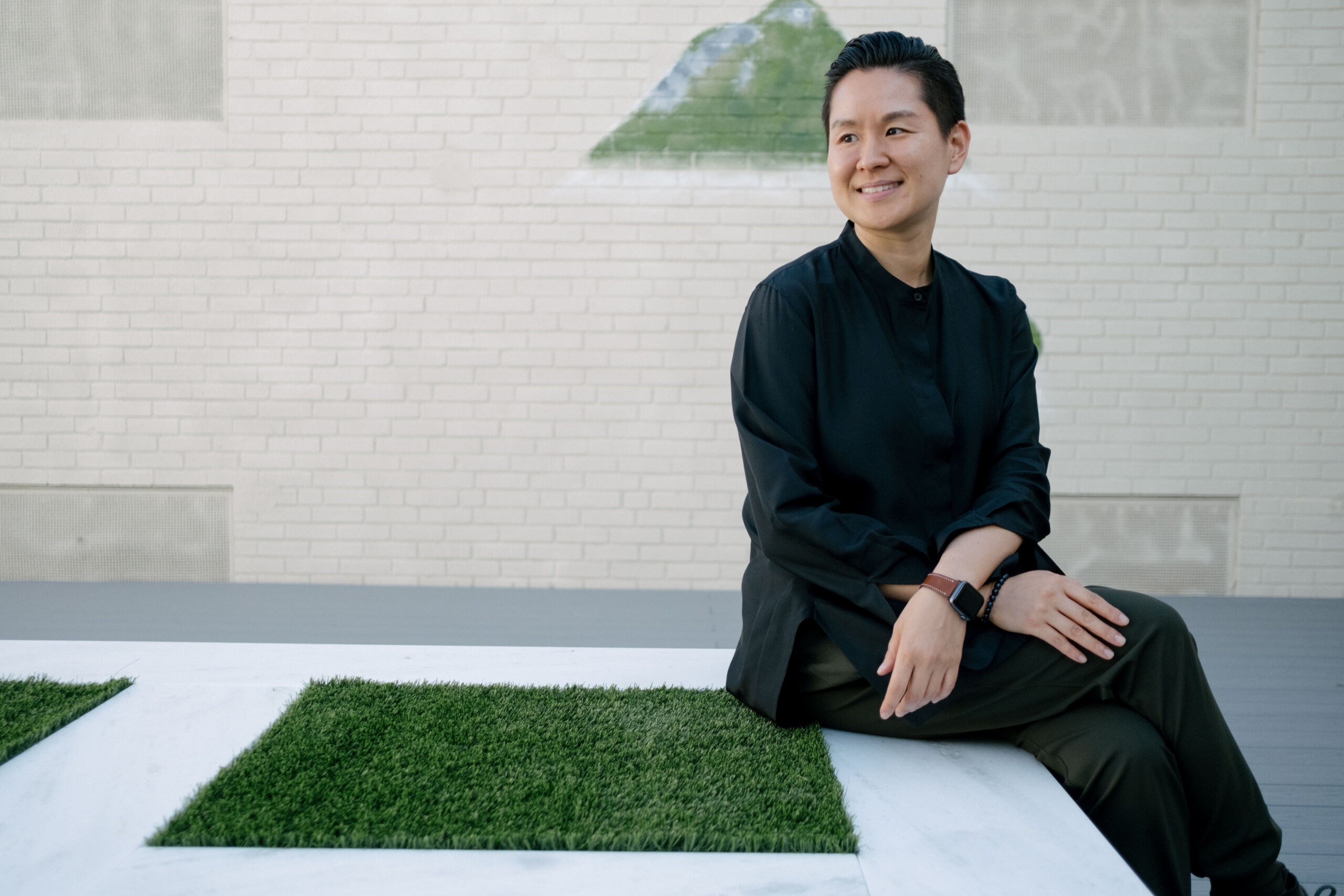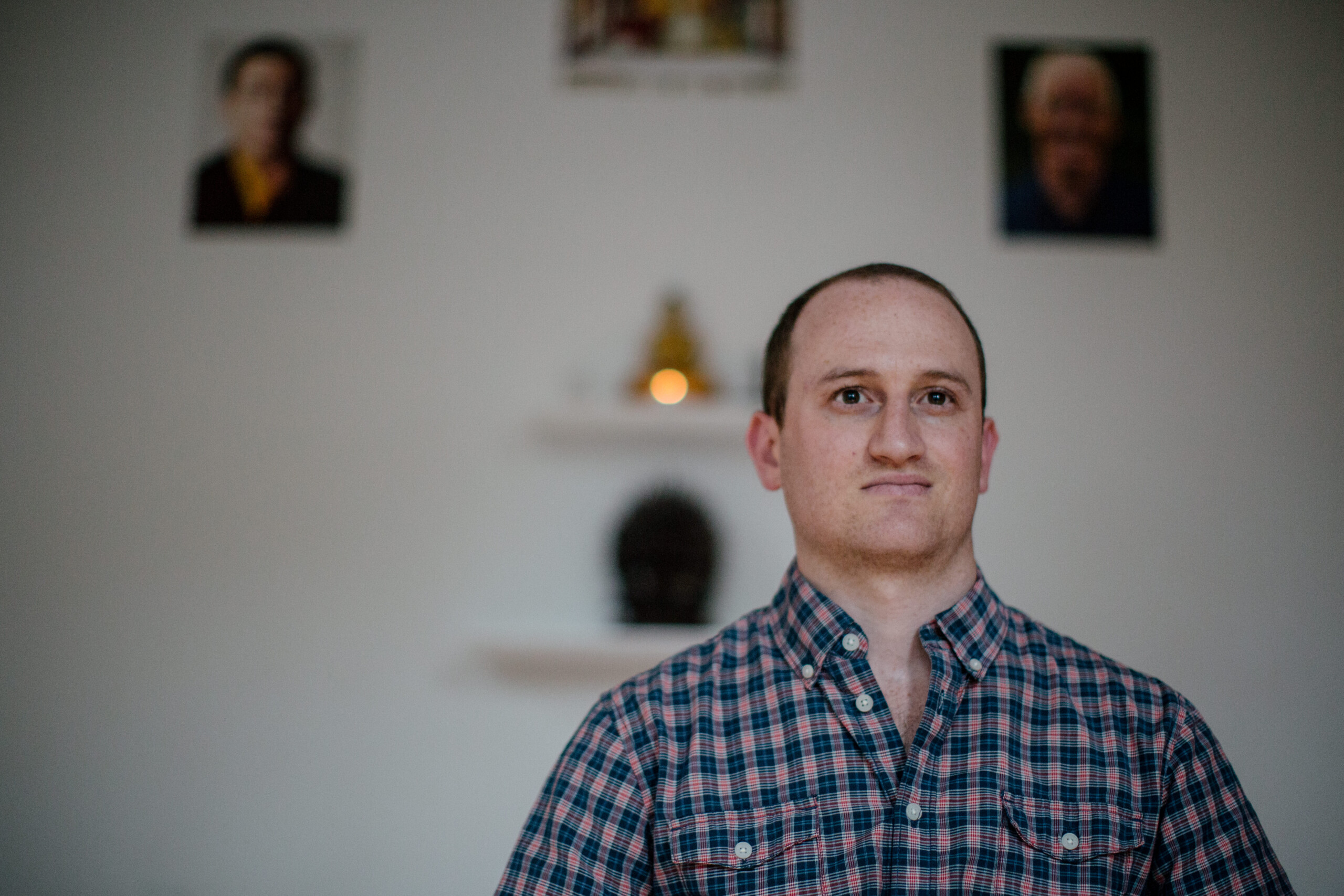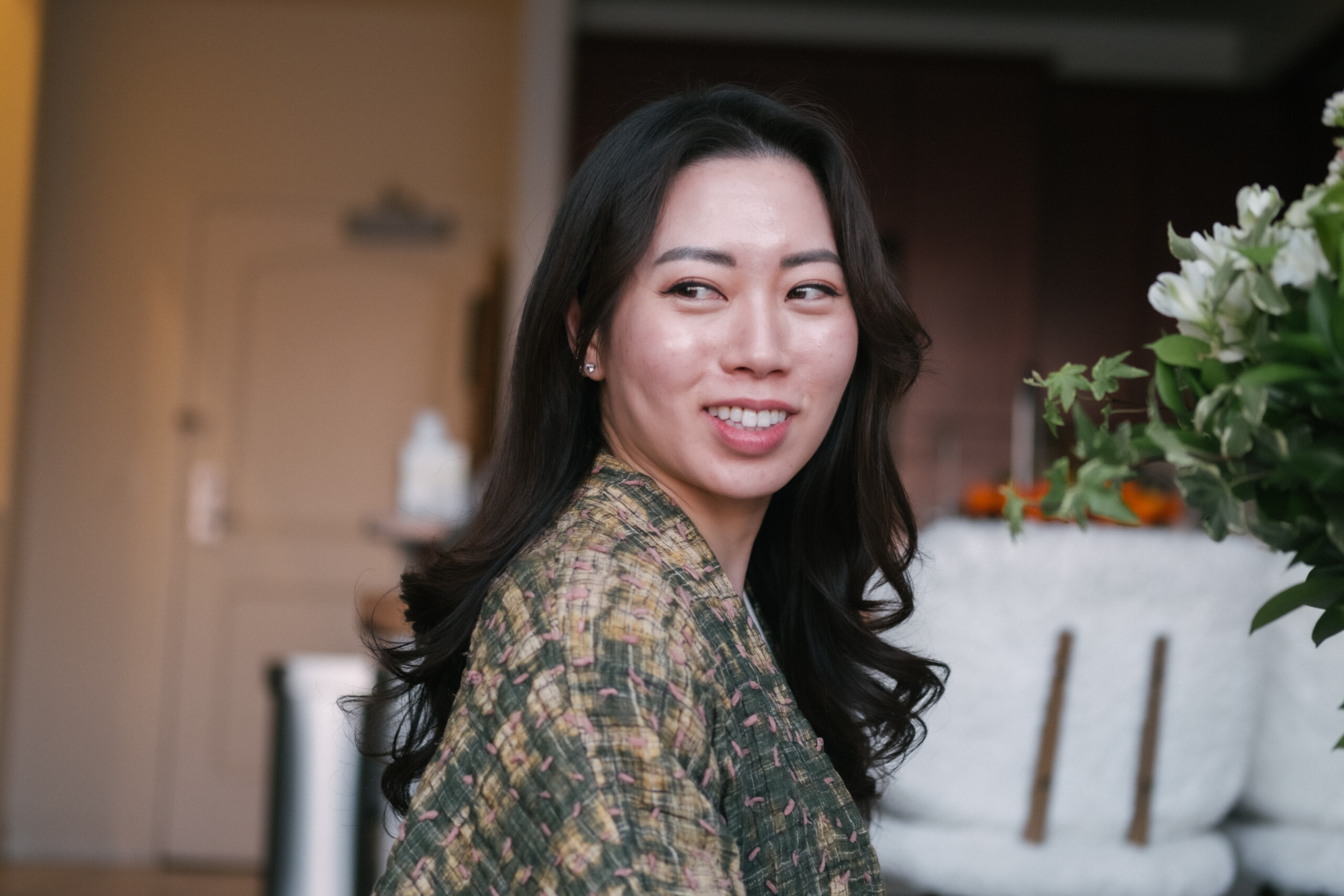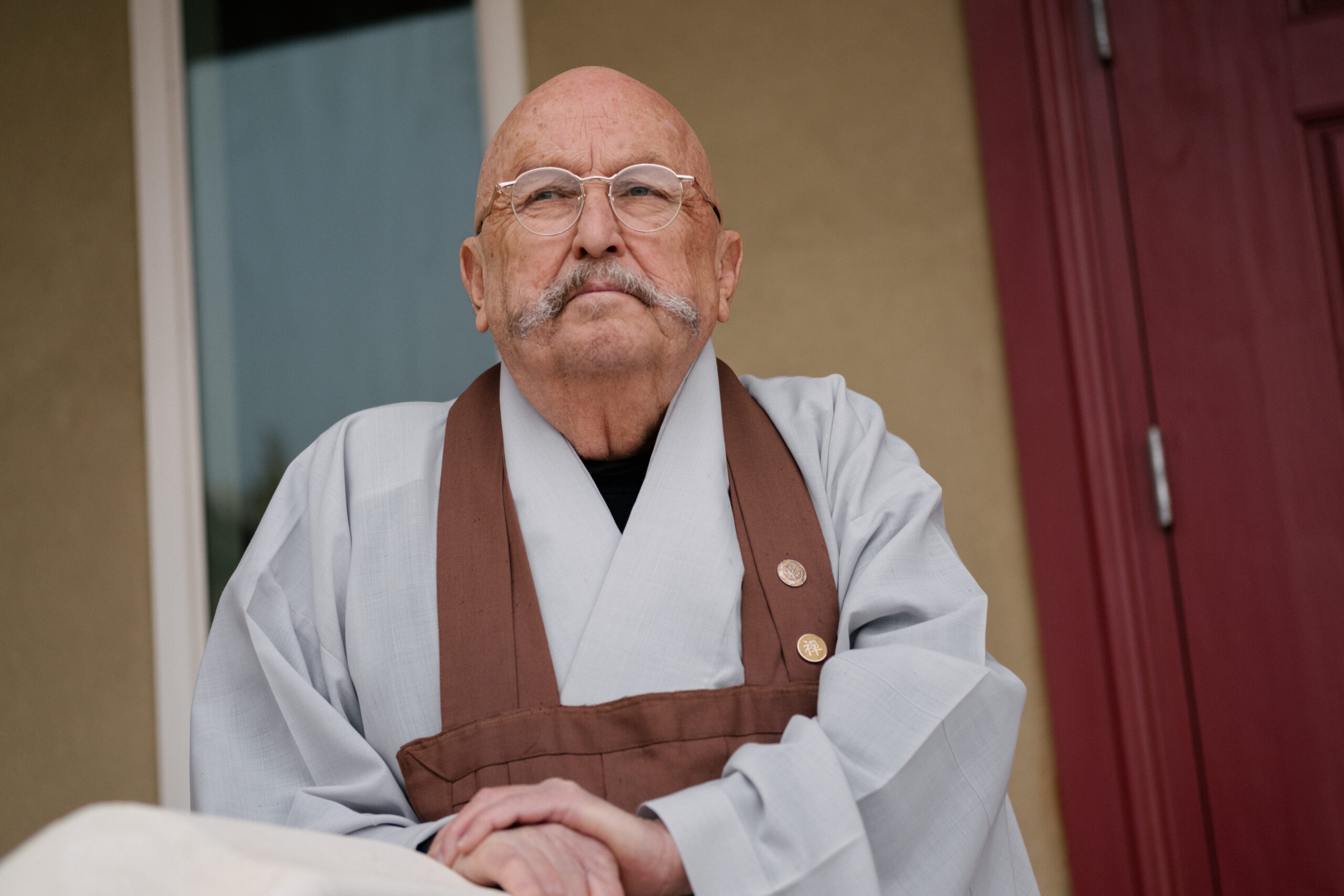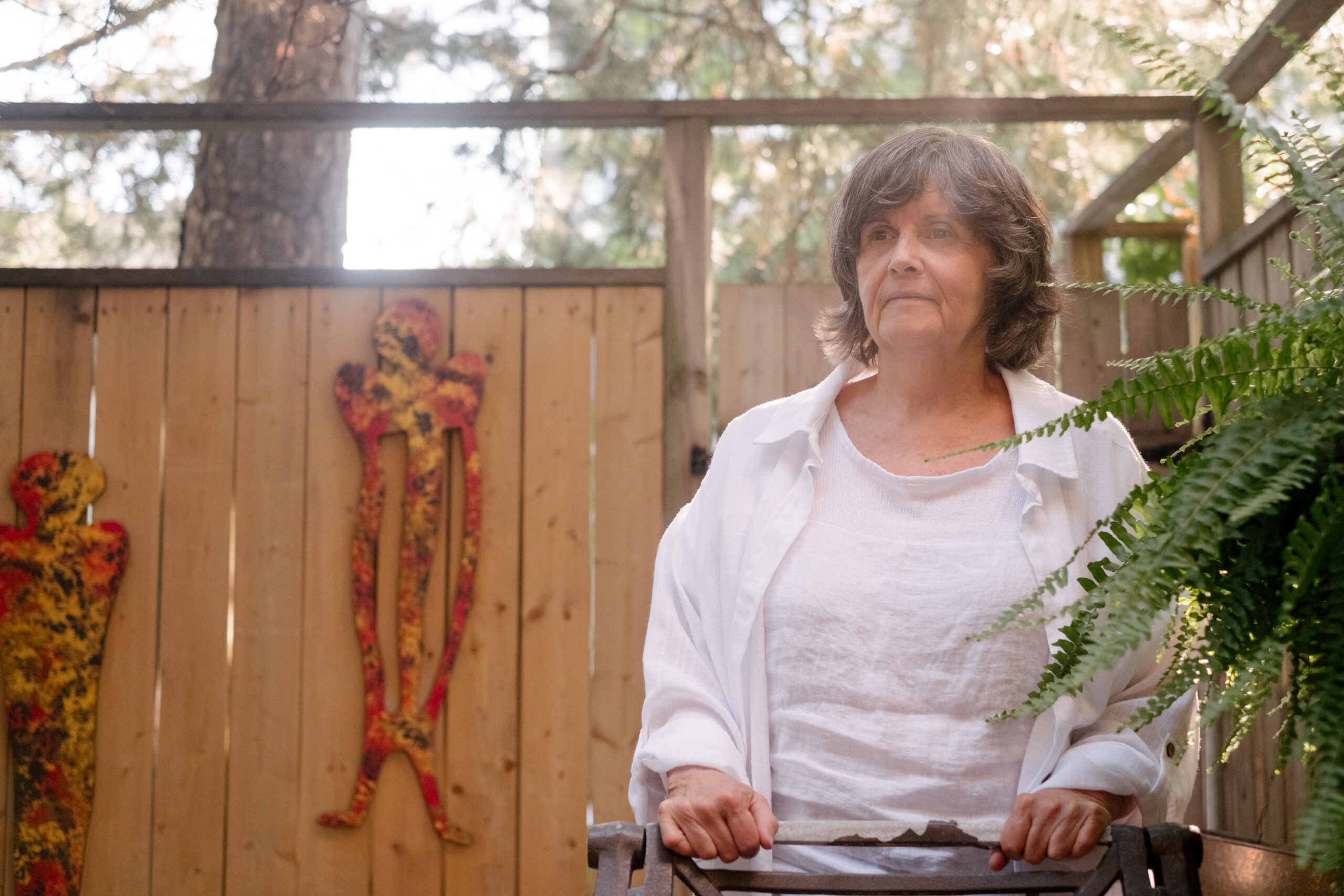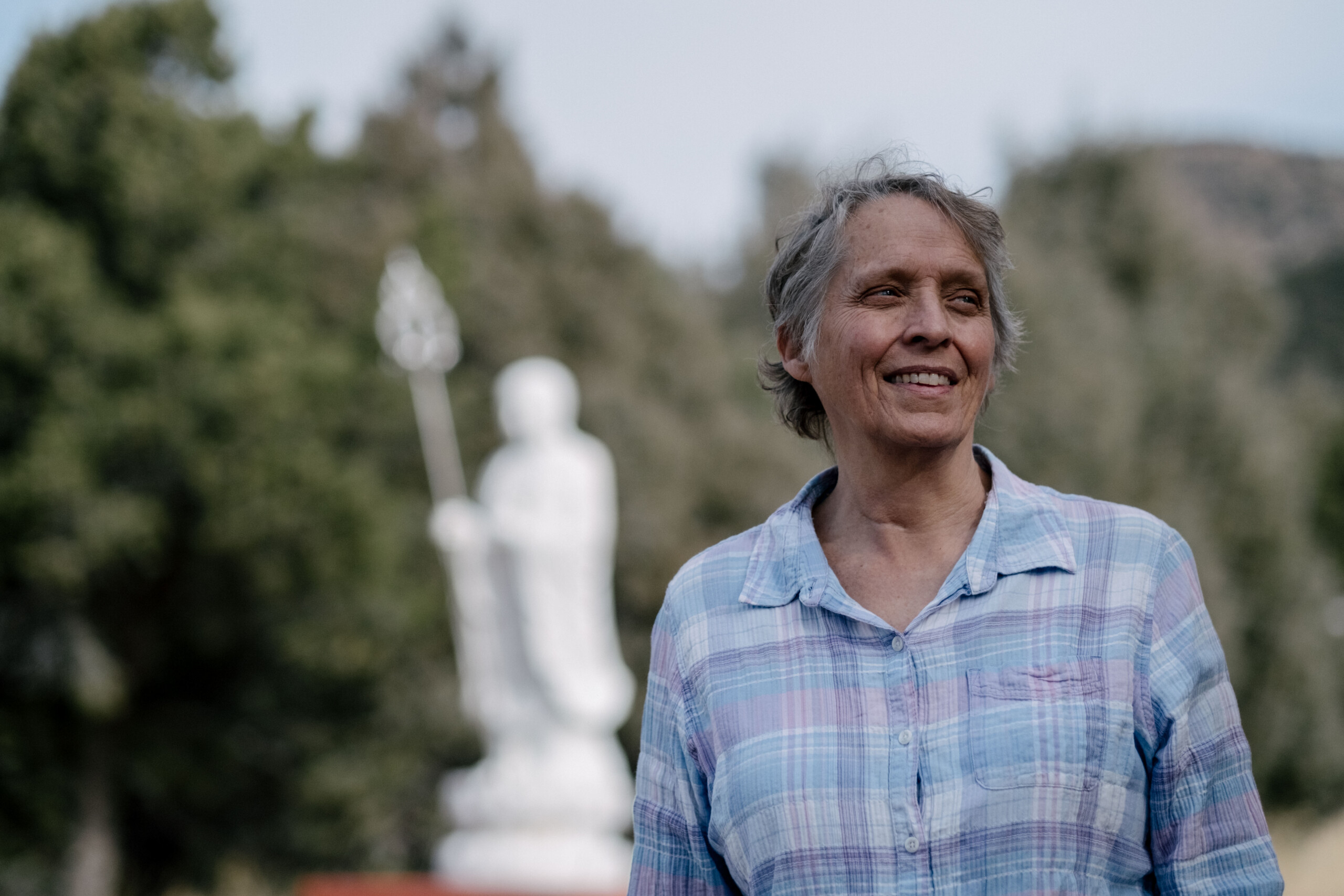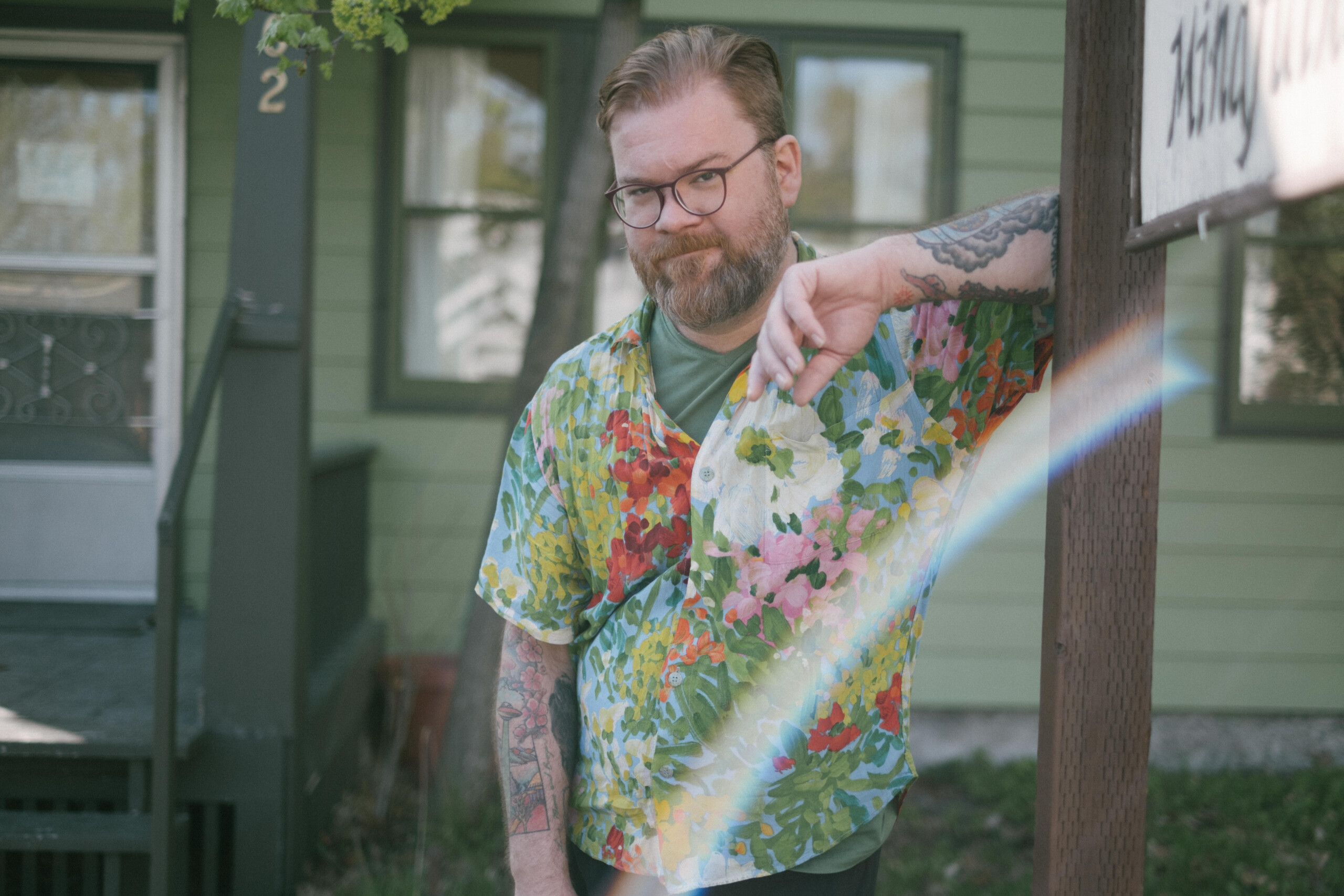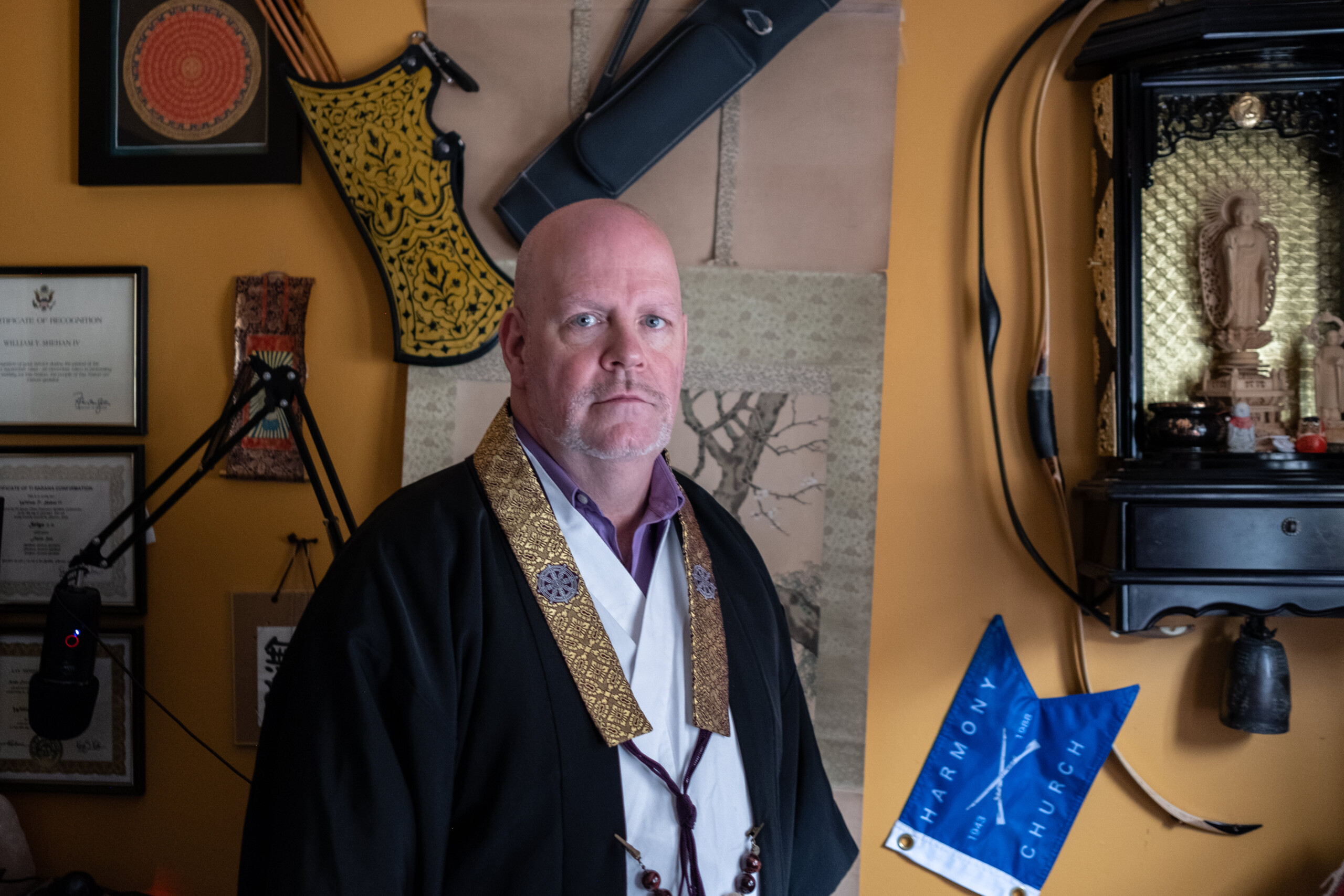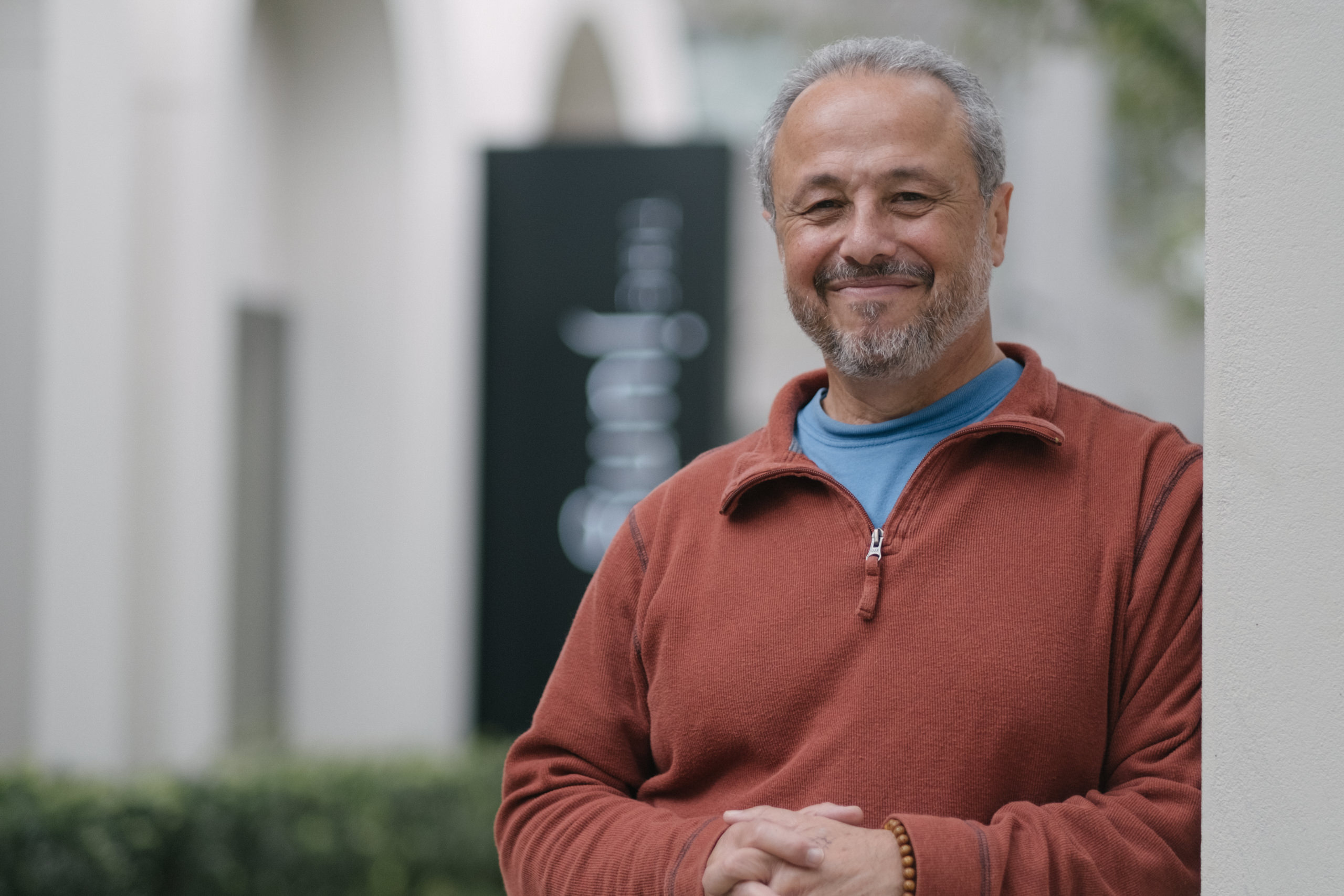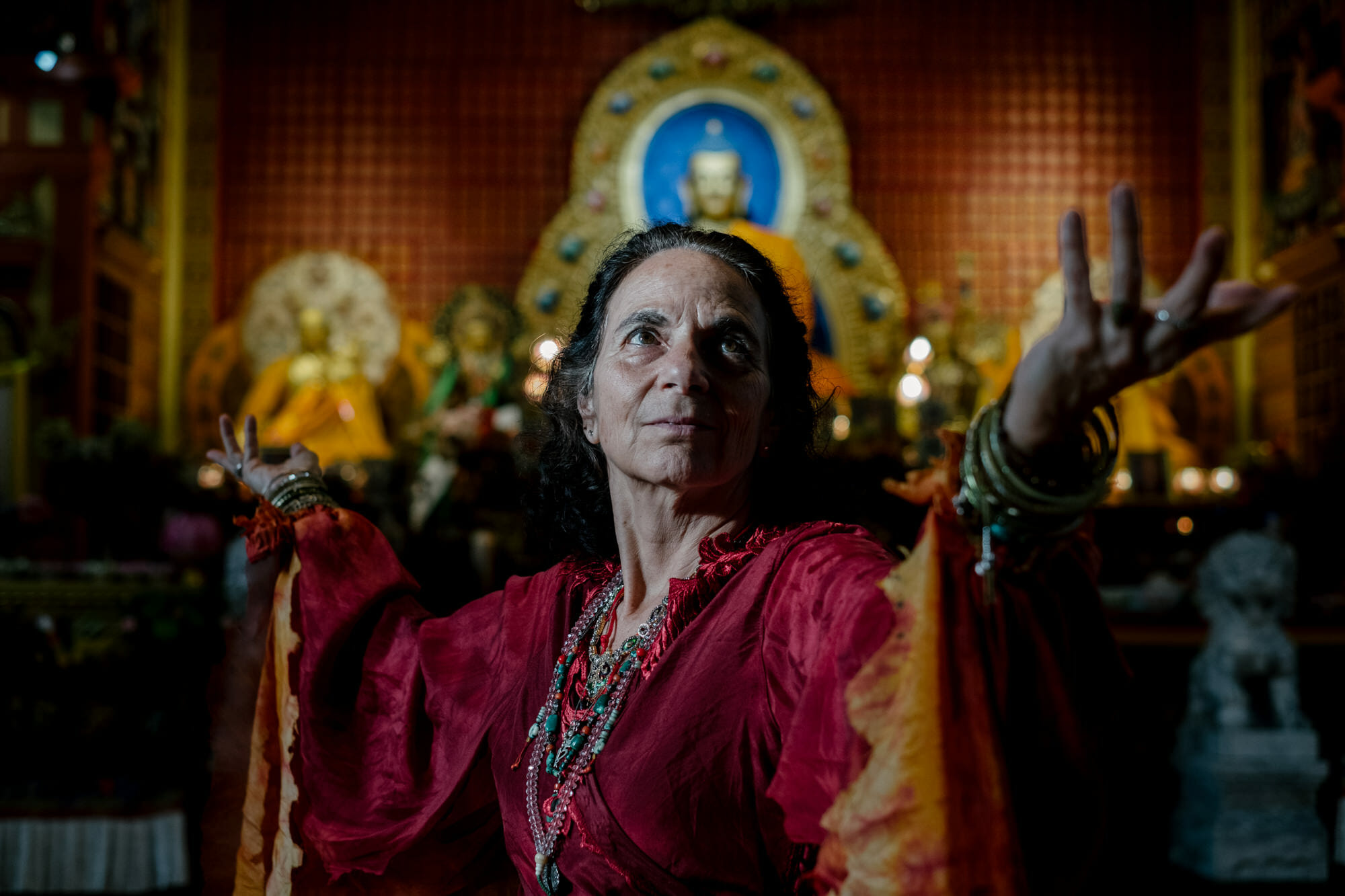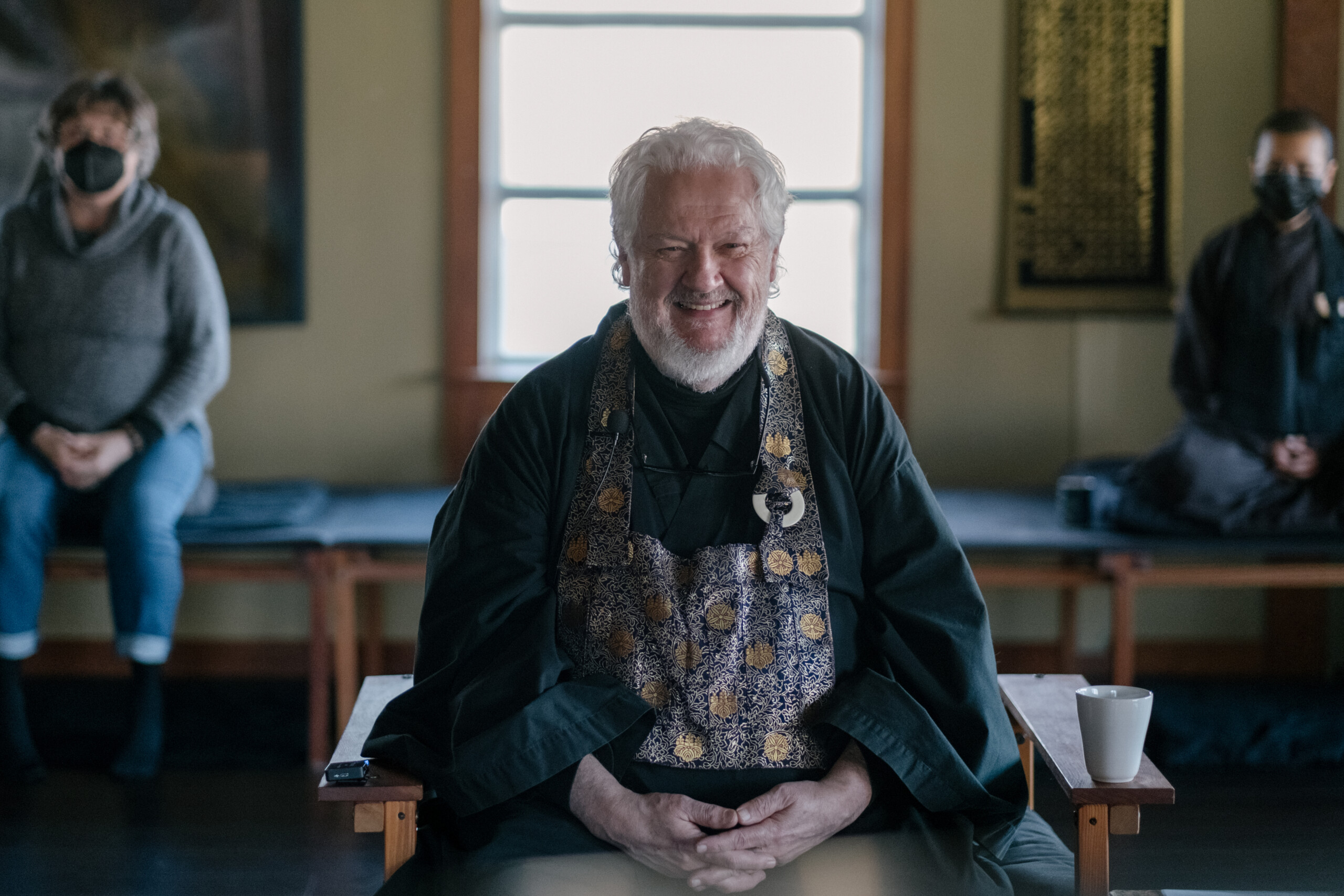Biography
Background
Mark Djokovic, born in Vernal, Utah, initially embraced the LDS tradition during his formative years but later found it unfulfilling. His interest in the Mount Everest region and Buddhism grew throughout his life. Despite a period of partying and a turbulent marriage, Mark, now a husband and father of three, has been with the same company for 26 years.
Feeling trapped in a monotonous routine, Mark’s life took a turn when he rediscovered his fascination with Buddhism. He delved into self-study and eventually sought formal teachings in Tibetan Buddhism in 2005. Over the years, Mark found resonance in the idea of personal responsibility and cultivating an open heart and mind.
As a mechanic and owner of an automotive shop, Mark, recognized as a lama but not formally ordained, applies Buddhist principles to his profession, emphasizing letting go and avoiding attachment to outcomes. Despite not receiving traditional support as a lama in the West, Mark sustains his spiritual practice through his own income. Reflecting on his journey, he appreciates the experiences, both positive and challenging, that have shaped his path and brought him to his current understanding of life and Buddhism.
Adapting to West
Mark reflects on his role as a teacher in Tibetan Buddhism, highlighting the differences between his approach and that of his own teacher. While his teacher maintained a strict and traditional demeanor, Mark adopts a more relaxed stance, focusing on emotional aspects and reconnecting students with fundamental Buddhist concepts like the four thoughts that turn the mind.
Acknowledging the vastness of his teacher’s mind, Mark emphasizes the importance of finding one’s unique path rather than trying to fill someone else’s shoes. Drawing inspiration from historical figures like Martha and Miller, he strives to translate complex Tibetan teachings into more accessible English, bridging the gap between traditional and contemporary perspectives.
Mark sees his role as a mediator between the old and new schools of thought, maintaining discipline while allowing for flexibility. He underscores the seriousness of their commitment to Buddhism, emphasizing that their practice is not merely a leisure activity. Reflecting on his own life experiences, Mark finds value in having gone through difficulties, allowing him to relate better to students facing challenges.
Despite not connecting with every student, Mark recognizes the inexplicable bonds formed with some, a phenomenon common among teachers. Through his teachings, Mark aims to convey the essence of their practice, emphasizing the need to let go of rigid structures and embrace the fluidity of spiritual growth.
Challenges
Mark expresses his gratitude for his current state of being, highlighting the luxury of time he has for Buddhist practices due to owning his own business. He reflects on the challenges he faced in the early days, juggling work commitments and explaining his new routine to a non-Buddhist partner.
Mark identifies several obstacles to practicing Buddhism, including financial commitments, the complexities of Tibetan language used in rituals, and the physical challenge of sitting cross-legged. Despite facing difficulties, he notes how these challenges gradually diminish with increased practice, emphasizing the importance of mental and physical discipline.
Time management emerges as a crucial aspect of Mark’s life, balancing roles as a mechanic, husband, father, and llama. He acknowledges the support of his wife, who is also a practitioner, and the need to prioritize what’s truly important in life. Mark delves into the Zen concept of discerning what’s essential and learning to navigate the delicate balance between ultimate and relative realities.
While Mark’s outward persona as a mechanic may not reflect his spiritual identity, he finds harmony by maintaining reminders in his workspace that signify his dual roles. Mark shares insights into living simultaneously in both spiritual and physical realms, ultimately leading to a richer and more fulfilling life.
Lineage Teachers
Mark reflects on the lineage of Tibetan Buddhism, emphasizing the sacrifices made by earlier practitioners who carried the Dharma to the West. He highlights the impact of China’s invasion of Tibet, noting that Buddhism might not have spread as widely if not for the sacrifices made by Tibetan people. Mark stresses the importance of recognizing and respecting this history when practicing Tibetan Buddhism.
Mark discusses the responsibility that comes with being a practitioner and teacher, emphasizing that practitioners are representing and practicing on behalf of thousands of people globally. He emphasizes the need to earn the elevated status and pass on the teachings in an unbroken lineage, including the ritual arts that accompany meditation.
Reflecting on his own lineage, Mark explains that he can trace it back through the Karmapa and Guru, all the way to the Buddha himself. He views this as a responsibility and acknowledges that it’s his karma that has led to the combination of these two lineages within him.
Mark describes the transition from relying on knowledge to wisdom in teaching and acknowledges the weight and responsibility that comes with being a lama. Despite challenges, he finds joy in the role and stresses that being a lama is not a heavy burden, but rather a responsibility embraced with a sense of nurturing. Mark shares a personal experience of dealing with a difficult situation soon after becoming a lama, highlighting the lack of training for such scenarios.
In conclusion, Mark acknowledges the occasional self-doubt and imposter syndrome but asserts that it is his karma to share and be a part of this tradition.
Ngondro
Mark reflects on his personal journey with Tibetan Buddhist practices, particularly the Ngöndro (preliminary practices) assigned to him after taking refuge. He discusses the challenges of the 100,000 prostrations, emphasizing the ego struggles and the importance of letting go of impurities during the Dirty Sampa practice.
Mark shares two key practices that resonated with him. The first is the Long Life Sadhana for longevity, where he delves into the symbolism of Dirty Sampa flushing out impurities and the psychological release that accompanies the practice. The second is Guru Yoga, which involves reciting the guru mantra and connecting with the blessings of the second Buddha, Guru Rinpoche. Mark encourages practitioners to research and understand the significance of these practices, emphasizing the deep connection formed through Guru Yoga.
He advises practitioners to approach the practices with openness and lightness, not fixating on the numbers but focusing on making a genuine connection. Mark describes the emotional journey involved in the practices, including crying fits and the release of deep-seated memories and emotions.
Mark recalls his early days as a practitioner, thrown into an advanced class without a beginner or intermediate stage. Despite the initial challenges, he found an immediate result in the practices, feeling a sense of belonging and connection. He emphasizes the importance of feeling the sangha and encourages practitioners not to worry about being perfect but to embrace their journey.
Reflecting on the evolution of classes, Mark shares a personal anecdote about the venue where he first encountered Nirvana and later received teachings from his teacher. He acknowledges the initial hardships and confusion he faced as a newcomer but highlights the transformative power of persistence and dedication to the path.
In conclusion, Mark addresses common misconceptions about worthiness in practicing the Dharma, emphasizing that everyone is worthy and connected to their karma. He encourages practitioners to let go of self-misconceptions and understand that they are practicing for the benefit of others, not seeking perfection but embracing their unique journey.
Relationships
In Mark’s perspective, having a wife who is also a practitioner creates a unique and open dynamic in their relationship. They can be brutally honest with each other, offering constructive feedback without offense. Mark acknowledges his wife’s role in advising him to slow down when needed, recognizing the importance of balancing time spent with students.
Mark highlights the diminished frequency of arguments in their relationship, attributing it to a learned ability to let go of minor issues. He emphasizes that intimacy goes beyond the physical, describing how their hearts, minds, and bodies are open to each other, fostering a deeper connection. Despite being together for over a decade and having a mixed family, their relationship remains strong.
The couple faced a significant moment when their daughter came out as gay. Mark reflects on his personal growth through Buddhism, overcoming past biases and bigotry. He credits the teachings for transforming his perspective, allowing him to respond with understanding and support. This shift in attitude extends to his interactions at his shop, where he promotes inclusivity and displays a flag signaling a safe space for LGBTQ individuals.
Mark underlines the impact of Buddhist practices on personal relationships, encouraging a more empathetic understanding of others. He notes the importance of recognizing people’s feelings and individual experiences, even in professional settings like his auto shop. The experience of having a practitioner as a life partner, Mark suggests, brings a unique understanding and shared commitment to a greater good. While there are some challenges, such as potential comparisons between partners on the spiritual path, Mark sees the benefits in sharing the journey with a like-minded companion.
The narrative delves into the complexities of being a lama and the responsibilities it entails. Mark and his wife had a candid discussion before he assumed this role, acknowledging the potential strain it could place on their relationship. Despite the challenges, Mark appreciates his wife’s unwavering support and the shared understanding of metaphysical experiences within their spiritual practices. Overall, their relationship is described as a harmonious blend of shared spiritual commitments and mutual support.
Retreats
In the context of Mark’s experience, retreats hold a significant role in deepening one’s connection to spiritual practices. Emphasizing the importance of being guided by a teacher during retreats, Mark describes the structured nature of these immersive experiences. From designated wake-up times to allocated periods for tea, practice, rest, contemplation, and meditation, retreats offer a break from the constant busyness of everyday life.
Mark underscores the necessity of detaching from external distractions during retreats, where participants leave behind phones, televisions, and radios, focusing solely on their practice. This deliberate isolation facilitates a profound connection to spiritual practices. Mark explains that this focused environment enables individuals to shed external layers, allowing for a more profound spiritual connection.
Drawing a comparison to monastic life in Nepal, Mark highlights the routine of a monastic community where the sole focus is on practice. Retreats, in a way, offer a taste of this monastic experience while allowing practitioners to continue living in the regular world. The structured and uninterrupted nature of retreats provides a contrast to the rushed and distracted approach often experienced in daily practice.
Acknowledging the challenges faced by individuals practicing in their daily lives, Mark encourages a compassionate view of personal practice. He explains that retreats allow practitioners to set aside time exclusively for practice, avoiding the rush often associated with morning routines before work.
Mark speaks to the dual nature of living in both worlds — the worldly demands and the spiritual path. He suggests that retreats provide an opportunity to escape the common misconception of constant practice in daily life and allow individuals to fully immerse themselves in spiritual practice for a dedicated period.
Mark concludes by recommending solitary retreats as a particularly effective method of delving into Dharma and practice. Whether open or closed, these retreats offer different intensities of isolation, from limited contact with the outside world to complete seclusion. Mark suggests that engaging in retreats can be transformative, providing practitioners with a taste of being by themselves, away from the usual distractions of the modern world.
Sangha
In these challenging times marked by the COVID pandemic, Mark reflects on the evolution of their sangha, emphasizing the impact of technological adaptation. With physical gatherings becoming impractical, the sangha turned to virtual platforms, primarily Zoom, allowing for broader attendance and continued teachings. Mark acknowledges the limitations of online interactions, especially in the nuanced art of teaching, comparing it to the challenges faced by figures like Mr. Rogers.
The sangha’s support extends beyond the virtual realm, encompassing emotional, physical, and communal aspects. Mark highlights instances where members rallied around a fellow practitioner facing cancer, illustrating the sangha’s profound sense of solidarity. Despite the physical distance, the sangha’s presence on Zoom serves as a pillar of support, particularly amid the emotional toll of the pandemic.
Mark delves into the significance of sangha in the broader Buddhist context, emphasizing its role as a lifeblood that sustains the teachings of Buddha. He touches upon the diverse forms of support within the sangha, ranging from emotional assistance to practical aid, creating a familial atmosphere. The sangha becomes a refuge, a shelter in life’s storms, and its strength lies in the collective support it offers.
He also discusses the intricate dynamics of sangha, pointing out differences in how various communities, such as Thai temples, foster support. Mark elaborates on the communal activities undertaken by their sangha, both within and outside the formal practice settings. These activities contribute to a sense of family and shared purpose, which, according to Mark, is an integral part of what sangha represents.
As the discussion deepens, Mark touches on the rarity and preciousness of certain relics within their sangha, highlighting the symbolic and spiritual significance they hold. He urges practitioners to understand the value of sangha, not merely in monetary terms but as a multifaceted support system that contributes to the continuation and growth of the Buddha’s teachings.
Mark encourages a compassionate and light-hearted approach to the Dharma, cautioning against getting entangled in politics or gossip. He envisions the sangha as a support system that makes the practice easier and more fruitful, emphasizing the collective effort in accumulating merit. Ultimately, he sees the sangha as the living embodiment of Buddhist teachings, a testament to the enduring legacy of the Buddha’s wisdom and compassion.
Spirituality
Mark reflects on his spiritual journey, tracing it back to a time when he began exploring various spiritual paths, including Wiccan practices, but found them lacking depth. He emphasizes the idea that spirituality often reaches a dead end without a structured path to follow. Comparing spirituality to religion, Mark notes that while both make individuals feel good, Buddhism, in particular, focuses more on benefiting others. He draws parallels to a prescription given by a doctor, suggesting that Buddhism provides a clear path to achieve spiritual growth.
Mark distinguishes between spirituality, which he sees as more self-centered and at times aimless, and religion, which offers a well-defined direction. He highlights Buddhism’s effectiveness in providing guidance for personal and spiritual development, citing the teachings of the Buddha from over 2,600 years ago. Mark suggests that using the term “religion” can be helpful in framing a structured and purposeful approach to spiritual growth.
He touches on common spiritual practices, such as crystal use and sound baths, acknowledging their role in providing glimpses of spirituality. However, he contrasts these practices with the depth and continuous flow of Buddhist teachings, emphasizing that Buddhism allows for a more profound and sustained connection with one’s true self.
Mark acknowledges that the practice of Buddhism involves both positive and painful experiences. He mentions scientific studies that show how meditation and mindfulness can impact brain activity and emotional responses. By delving into the mechanics of religion, Mark sees it as a transformative process that goes beyond the fleeting experiences of spirituality, akin to swimming in a kiddie pool versus diving into the deep waters where profound discoveries await.
The Buddhist Path
Mark delves into the simplicity and complexity of the path laid down by Buddha, emphasizing the core teaching of letting go and clearing the mind. He draws parallels between various religions, asserting that at their essence, they all promote loving kindness and compassion. Mark highlights the unique approach of Vajrayana Buddhism, encouraging practitioners to prioritize the enlightenment of others, leading to personal growth.
Reflecting on the ongoing global pandemic, Mark discusses the importance of preparing for death and the Buddhist perspective on letting go. He touches on the transformative power of Buddhist practices in dealing with personal anger issues, particularly through Tantra or Tibetan Buddhism, which channels energy into productivity.
Mark dispels misconceptions about Buddhism, pointing out that the practice involves both joyous and painful experiences. He underlines the significance of the student-teacher relationship in Tibetan Buddhism, emphasizing trust and a gradual, deepening connection. Mark also addresses the misconception of Buddhism being all about peace and love, emphasizing the importance of tears and heartbreak in the practice.
Discussing the practical aspects of Buddhism, Mark urges individuals to actively engage in the practices rather than passively expecting results. He encourages understanding the nature of mind and emphasizes the necessity of a teacher to guide and provide direct instructions. Mark concludes by asserting that Buddhism is a religion, philosophy, and a way of life, inviting individuals to explore it without being weighed down by preconceived notions of the term “religion.”


